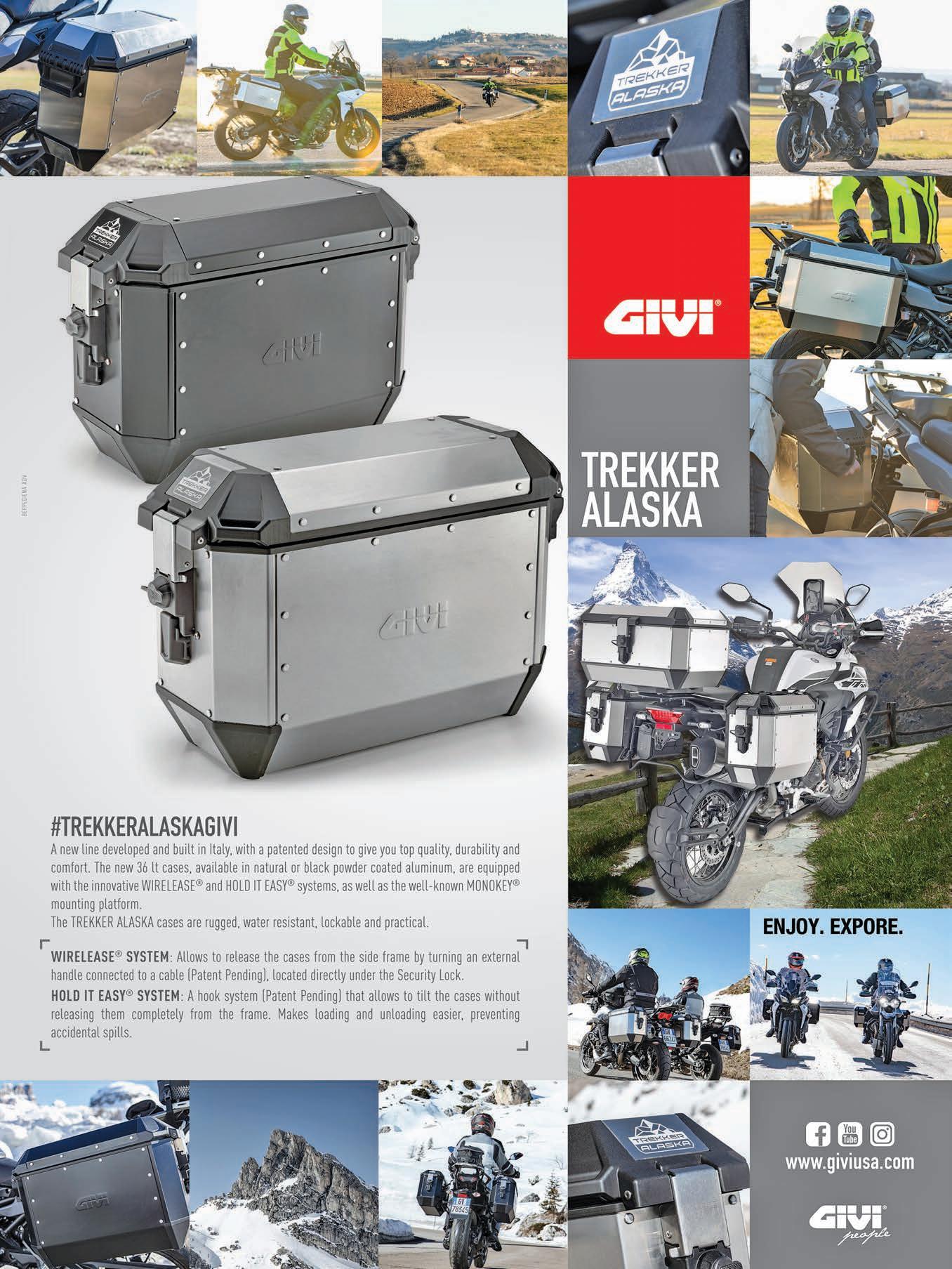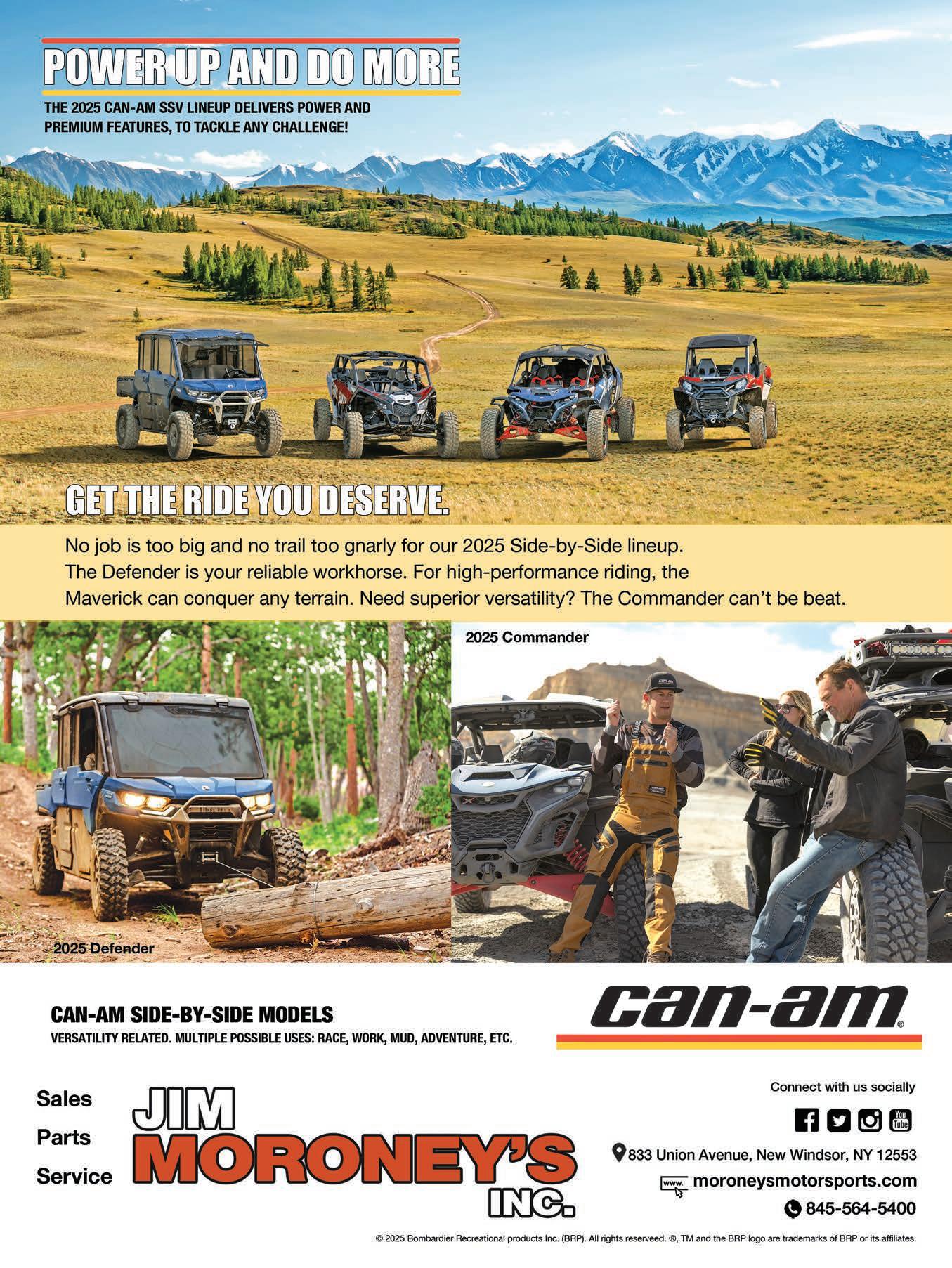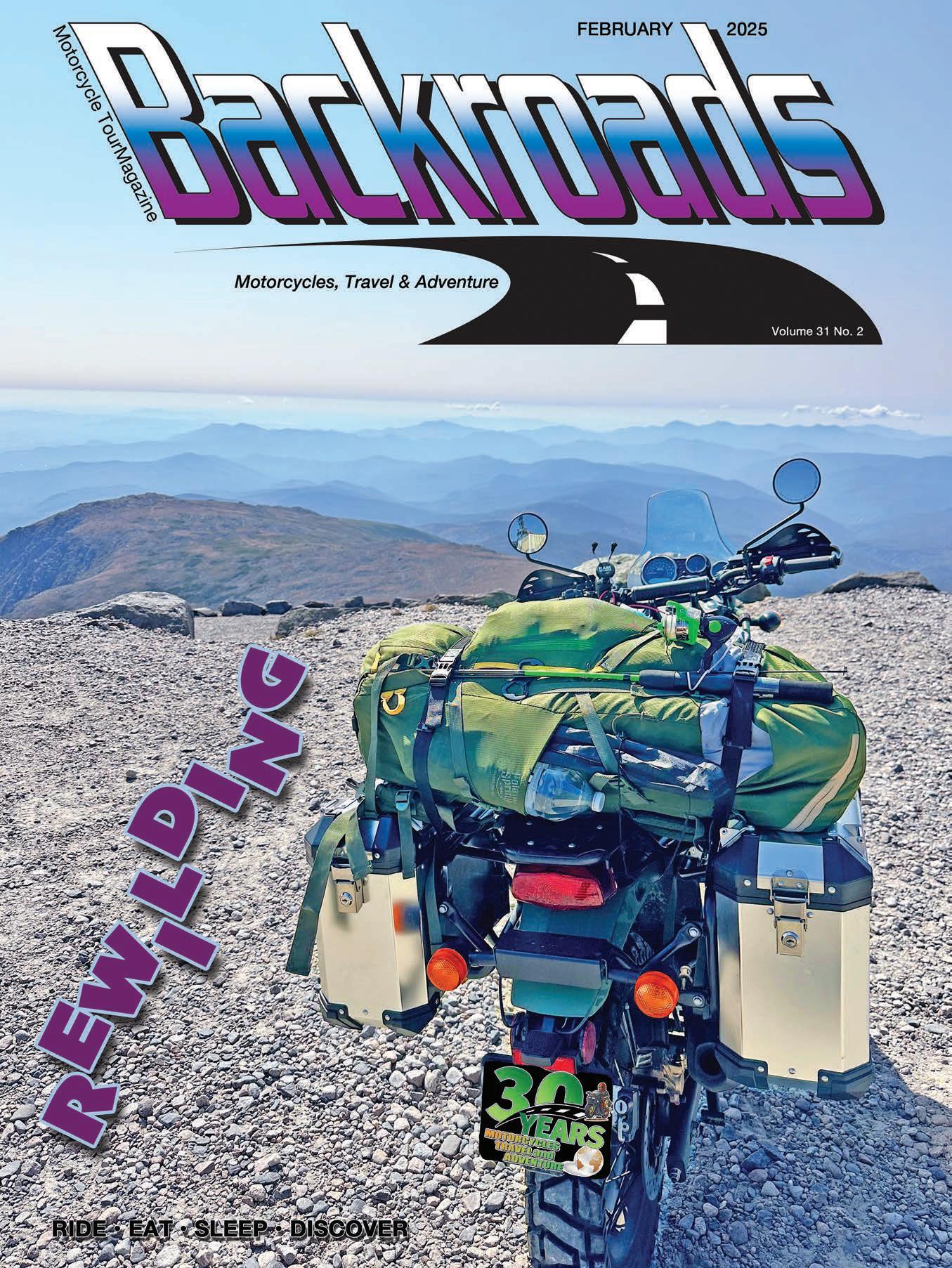






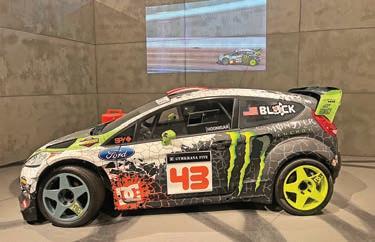
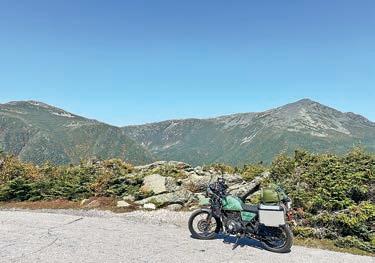
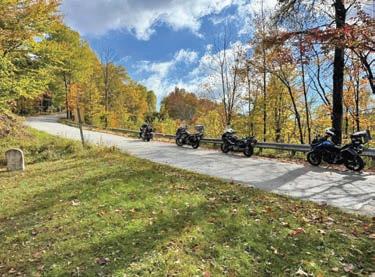
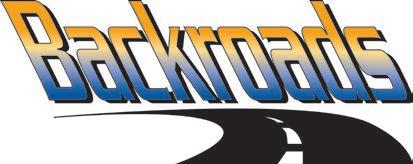



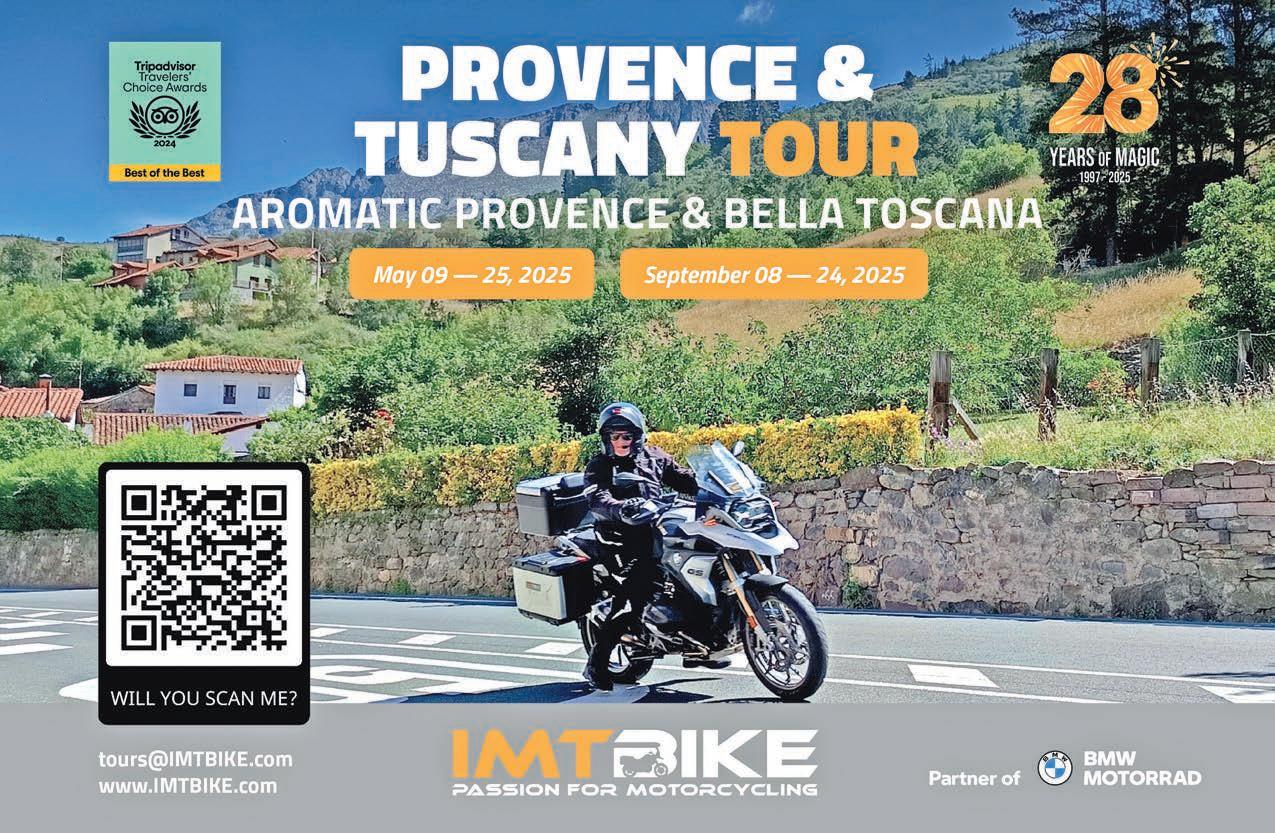
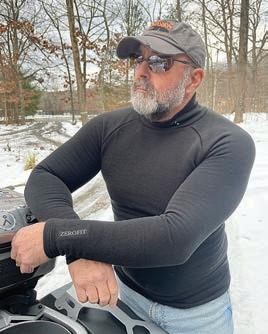
Over this winter we have been watching several Rock & Roll and music documentaries, covering a large swath of the many genres that make up the soundtrack of our lives.
In many of them, the artists are asked about their “Process.” How do they write the songs and music that they do?
For those scratching their helmets and wondering where I am going here, and why - a process is a procedure, something you do in order to achieve a certain result. Some people try to carefully follow all the steps in a process. Other people just wing it. Sometimes it is a bit of both.
I think songwriting, and writing in general, is a bit of semi-learned art. Musicians need to know how to string a bunch of chords or notes together, and the writer’s words; and with both the words and chords must compliment each other in a melodic fashion or it ends down light piss… You catch my drift?
I think that sometimes musicians find a great chord progression – something that taps the mind and spirit, and then maybe some words with meaning and soul follow along. Writers hope for the same.
Perhaps we can use the ‘Process’ for other things – like Route Planning. Instead of picking up a guitar, sitting down at a piano or computer screen, when you open a map to look at how to get from Point A to Z – you consider the rest of the alphabet as well.
Motorcycle rides are much like music. Some are easy, flowing, and with a nice easy tempo. Other rides are frenetic, fast, and sometimes loud too. It all depends on what the rider making the ride is looking for, where they have to
go, and what is in between.
We first heard the phrase Road Whisperer a few years back from a group of riders we met at a small hotel in West Virginia. They were singing the praises of one of their riding party that seemed to be able to put together some of the, in their minds, best rides ever.
This crew was all from one of the Plain states, so anything West Virginia tossed their way was going to be friggin’ amazing – but many riders really do not want to take the time to go searching for better routes, leaving it for somebody else to do the thinking.
Others seem to thrive on it – thus the Road Whisperers out there.
I talked with their guy who, when asked how he found all the good roads for his friends, looked around and leaned over in a slightly conspiratorial manner and whispered, “I look for the tinier roads along rivers, and a bit larger through the valleys and over mountains… it’s all there, on the maps, but they are just lazy, and I love doing it.”
He began to tell me his process, and how he keeps most of this to himself, thus creating and keeping his mystique and importance to the group.
He was like their Road Shaman, and like so many Shamans he wasn’t doing anything magical, but he had a process and it worked.
All the others looked up to him with admiration and followed his lead. It was like some sort of weird Cargo Cult.
Shucks, some of the technology we take for granted would have made us gods (or at least Ancient Aliens) not all that long ago.
So, as we roll into 2025, Backroads’ actual 30-year mark, consider working on your navigation skills, to work on your process.
You do not have to be a Shamanesque Road Whisper, but if you have a great day to ride why would you stay on larger, usually more crowded roads, when you could be on the real backroads?
With a little patience and diligence, your process will probably develop itself. See you on the road. ,

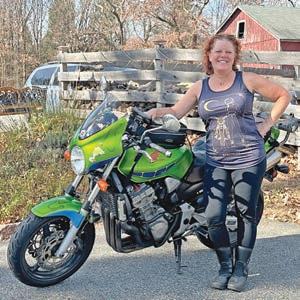
We are deep into the winter at this point, with our sights pointed towards the return of the sun. I hope that you’ve used this time to make those upgrades and repairs to your rides, plot out your adventures and escapades for 2025 and, of course, booked your room for the Backroads Summer Solstice Soiree.
Marching through the month of February, I am already getting myself ready for the resetting of the clocks. While it’s been a couple of months since we had to visit this activity, I’m still finding places where the time is ahead/behind. The infrequently-used second bedroom, where things end up that should be put away or Spenser T Cat retreats in his ‘I want to be alone’ moments, has one of those clocks. It’s the place where you never really know what time it is.
I used to have one of those atomic clocks by my desk. I did a marvelous job of resetting itself twice a year, until it didn’t. I remember the first time it did that – we’d push the reset button and the damn thing just kept spinning and spinning. It was supposed to pick up a radio signal from the atomic clock radio station in Boulder, Colorado, which is operated by the National Institute of Standards and Technology, but I suppose they must have been off the air that day. Asking the WWW for some answer, it came back with ‘try moving your clock to a window facing Colorado overnight, when the signal is stronger’. I bought a regular clock the next day. After the years of owning our Durango, I think we’ve finally gotten to remember the sequence to reset the time. It’s always a surprise when we do it, and we say to each other, ‘Well, that was easy to remember.’ The newerto-us WRX STI, with a new radio installed, probably will always have two different times showing as we haven’t gotten to figuring that one out yet. Hey, we’ll be right half the time…
Regarding the motorcycles, it’s hit or miss that we’ll remember how to reset the clocks. My Honda 919, I believe, has been on the same time from the day it took residence in our home. While I surely know where and how to
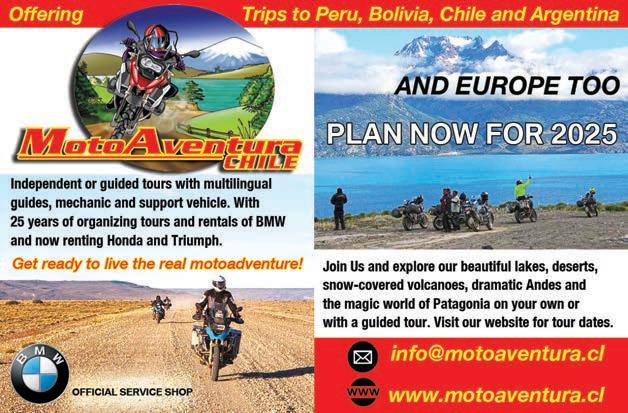

reset the clock, I VERY rarely actually put the setting to clock mode, as it’s switching from mileage to time, and mileage is much more important to me than time (ask me that again as the Grim Reaper is standing over my head).
As for the V-Strom, I never remember, without the owner’s manual, how to reset the clock. In the 8 years of ownership, I guess I’ve reset it a few times, but honestly, it’s easier to look at the time on my GPS than to figure out how to reset the clock on the bike. And sometimes it’s fun to arrive at a destination an hour ahead of when you really think you’ll get there.
I’m sure that Brian has a much better handle on the workings of his GS and Z and, with his penchant for setting thing correctly, he’ll make sure that the time is right.
Now the KLR is another story, as I believe there is no timepiece on that motorcycle. I think he put a separate little stick-on clock on it once, but that really never worked. What a joy to be riding without the constraints of being early/late for anything. And as the KLR has been dubbed ‘The End of The World Bike’ for its simplicity, come Armageddon there really won’t be any need to keep track of time.
The talk of getting rid of Daylight Saving Time is being bandied about once again. DST has been used for more than 100 years, having been implemented on March 19, 1918 by President Woodrow Wilson to help conserve energy during WWI. In our modern times, this is a moot point, as any energy saving is quite negligible. There are certainly more cons than pros, the biggest of which is disrupting one’s circadian rhythm. A simple one-hour change in the time will throw off a person’s sleep which can, in turn, result in tiredness which will lead to muddled thinking and can ultimately wreak havoc with riding, working and so many other actions in our lives. I can certainly deal with it getting lighter in the AM and having a little less light during a long summer’s ride if it will rid me of changing EVERY SINGLE DAMN TIME PIECE IN MY LIFE.
Let my life be timeless, thank you. ,
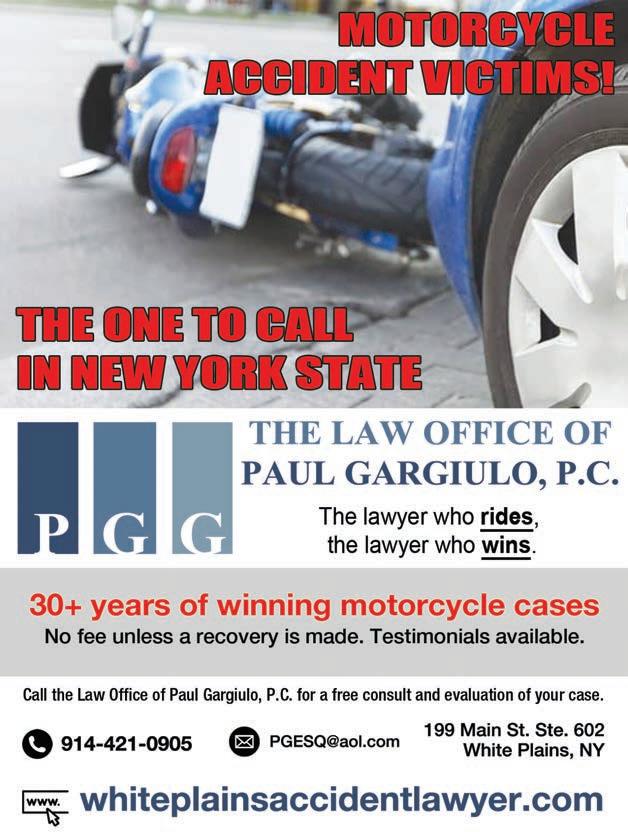
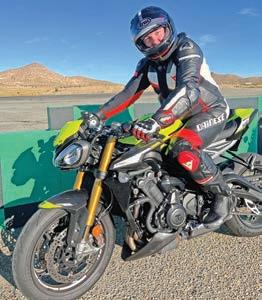
You were born in the city
Concrete under your feet
It’s in your moves, it’s in your blood
You’re a man of the street
Glenn Frey - You Belong to the City
I see things differently. Regular readers are undoubtedly thinking, “No feces!” In this case, however, it has less to do with my twisted mind and world view and more to do with my life experiences. In high school and college, I worked summers in a Civil Engineering firm as an assistant to a group of engineers and surveyors. Most of it was outdoors and on roads and construction sites, where I was exposed to the special language of that world. It is a written language, a set of runes largely inscribed in colored spray paint on the tablets of asphalt and concrete under our feet…or tires.
tances.
In addition to the colors, each industry has its own shorthand of letters and numbers, similar to the surveyors, to quickly convey information to those who can read the runes. Each utility pole has a serial number and if you know where to look, there may be a railroad spike driven horizontally into the base to provide an elevation reference point for the construction guys (which is from where the term “benchmark” comes). If you’ve ever ridden your bike on unmarked, freshly-paved roads, you have probably noted white markings with special end symbols telling the paint truck where to stop and start the double yellow lines, passing zones, and turn lanes.

That’s where it becomes relevant to motorcycles: motos give us a unique perspective, free of an enshrouding cocoon of materials, that otherwise hides the runes from view. I am certain you’ve paid scant notice to these symbols and have even put your foot down on them when stopped at a traffic light. Unless you specifically pay attention to them or know how to read their special language, even though they may be inscribed in neon colors, they might as well be written in invisible ink to the casual passerby.
I was talking to an employee in the parking lot one day, having just gotten off my bike, and I looked down to see a small, faded pink equilateral triangle painted on the parking lot, about six inches per side. In the center, driven nearly flush with the asphalt, was a silver nail with a dot in the middle of the head. Alongside the triangle, also in faded pink, were the numbers “8+00.” Hundreds of people a day walk past - or on - this point and I doubt a single one pays attention, but it says a great deal.
The color pink denotes a survey marker and the triangle identifies it as a “station” or a point at which you set up a measuring instrument like a theodolite or GPS. The silver nail is a special type, hardened for driving into asphalt or concrete, and the little dot in the head is the precise point over which the measuring instrument is to be located. The “8+00” typically indicates that point is 800 feet from a zero reference. When used around construction, they are typically placed fairly far away so that the equipment used in construction (which usually involves destruction to start) does not disturb them.
There are other colors too. Red denotes electricity, something very important when you’re about to sink the end of your backhoe or jackhammer into the pavement. In addition to depriving people of power, it can result in electrocutions. Water, the natural enemy of electricity, is denoted by blue paint. Yellow indicates gas or some other flammable entity, another thing to avoid mixing with electricity. Green is stinky sewage and orange is telecommunication, both of which people really don’t appreciate having interrupted, but whose impact on the operators has less potential for deadly consequences, although sewer methane has been known to blow manhole covers considerable dis-
The next time you’re out for a ride, especially in the city, take at least casual notice of the language of the street. You’ll be surprised by the quantity of tales inscribed beneath your tires by the monks who write such things. When you park your bike and walk, pay attention to the things on the streets and sidewalks, many of which you’ve blithely passed hundreds of times without noticing them or knowing what they mean. The language of the streets tells stories and if you have even a rudimentary knowledge of the runes, it might prove interesting. ,
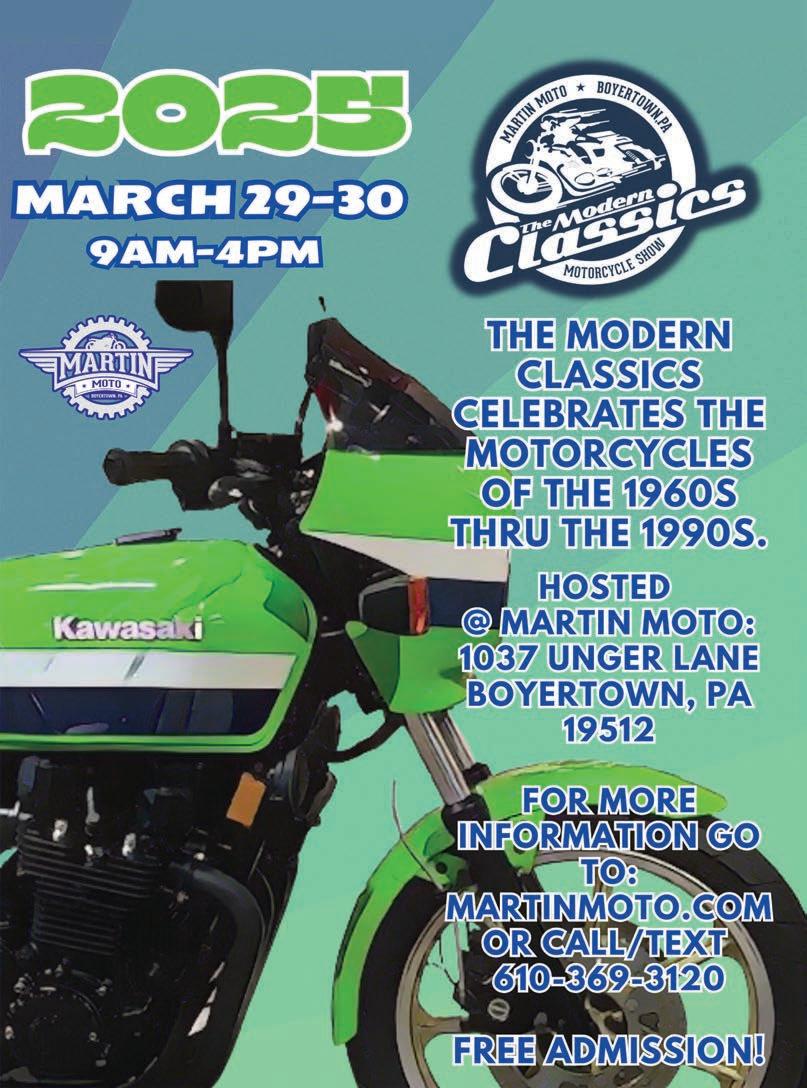
Scratching my bald head, how else can this be phrased?
“We riders”? Sounds like tiny Scottish moto pilots….Maybe just “riders are a serious bunch” PERIOD. Move on to the next thought. Cheers,
Janet & Glenn • From the Southlands
Acchhh ya pissin’ on me words, laddie. Yew mewther fewkaa you!
The Backroads Report #353
Why is it Important?
Is it that issue 353 will be the week of the Prez inauguration? Kind regards,
Alan Tecchio
I know 353 is the 71st prime number. Am I getting close? Furman
Matches the number of months of Backroads in print. Bill Cadwalader
William,… You Brainiac you!
We will dive deep into the box of Backroads Shi…err, Swag, and get some Stuff your way!.
Now Fermat’s Last Theorem? Whatchathinkin?!
Missing Issues…
Hi folks,
I was wondering if there was a problem with the printing or distribution of your December issue? It’s now 12/10 & I’m still waiting. I believe we had the same problem this time last year. Could you please look into this?
Chuck Rinderer
Chuck,
I am sorry for the delay.
It is a Holiday thing - BUT I am not happy about this at all. Please accept our apologies!
We’ll send cheap silly, Backroads stuff your way to help you overlook this. Hey ...who doesn’t want some cool stickers, right?
From the Web
I really enjoy quite a bit of your magazine each month, and visit some of the establishments that you write about. Keep up the good work!
Craig Myers
I never miss an issue and read it cover to cover the day it shows up!
Bill Hope


Oh! A motorcycle raffle. Better buy a ticket or two. That’s how it starts. Buying a ticket or two to win a new motorcycle even if there are bikes in the garage. There is always room for one more isn’t there. Besides, the proceeds go to a good cause.
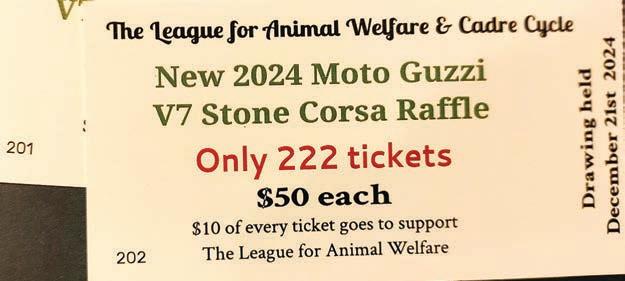
So, the tickets are purchased and the dreaming begins. That’s how it starts. That is a cool motorcycle. Imagine the looks and drools you will get as you ride down the street or the highway. Imagine the conversations at the gas station as other riders approach with questions. All you want to do is fill up and go. Instead, you’ll have to answer questions. Sometimes endless questions.
Dr. Seuss had it right. “Oh the places you will go.” Just think of the scenic byways and highways this bike will take you, after you win it, of course. It will cruise along those country back roads, and through the mountains like no other bike you have ever owned. It will be magical. Joyful.
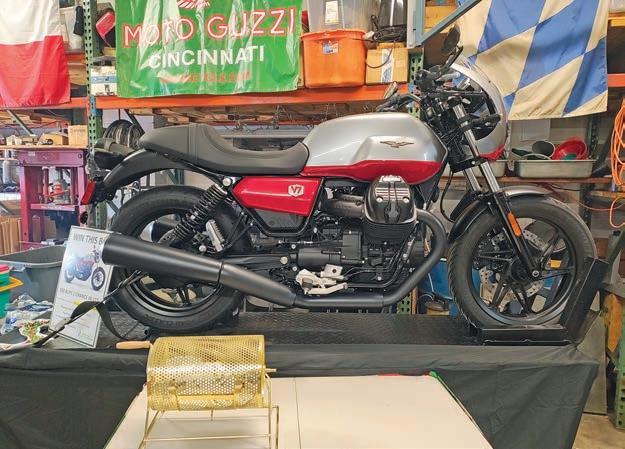

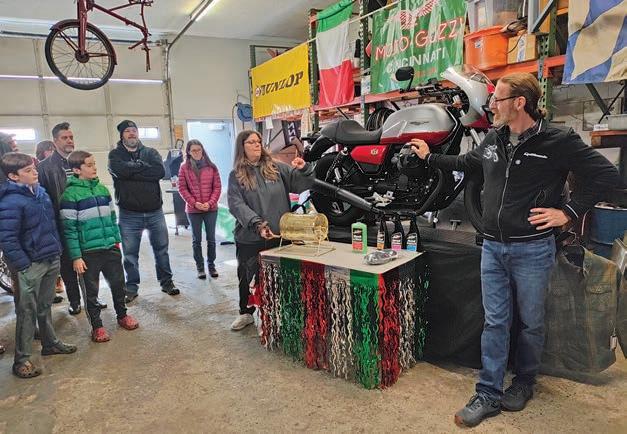
But what about the accessories. Yes. Of course, it has to have accessories. That makes the bike more personal. More dreaming ensues.
All of your favorite online retailers have just what you need. Or do they? What do you want to add? Bags? Windscreen? Engine guards and other protection? What about electronics? What are others installing on their bikes, and that requires more research. The search for the proper bags produces two or three possibilities. You decide to make a spreadsheet to see which retailer sells what and at what price. Suddenly, the spreadsheet has grown to two pages, and the complete research is not finished.
How much time do you have? When is the raffle drawing. Better be prepared to order everything the minute they call out your name with the winning raffle ticket. All the tickets were sold in less than a week. This is one hot motorcycle raffle.
Late in the evening, your spouse calls out, “Are you coming to bed?” You answer, “In a minute. I just have a little more research to do.”
That raffle ticket has been much more time consuming than the actual purchase of it. Dreaming is a big investment of time and energy.
Finally. The big day arrives. All of the tickets have been sold, and folks are gathered to learn if they are the winner. Tension rises. The wheel is spun. More tension. The barrel door is opened, a hand reaches in and pulls out one raffle ticket stub. It is what dreams are made of.
And the winner is …. NOT ME. Well, at least I have all the research done for accessories if I ever buy a bike like that one. ,
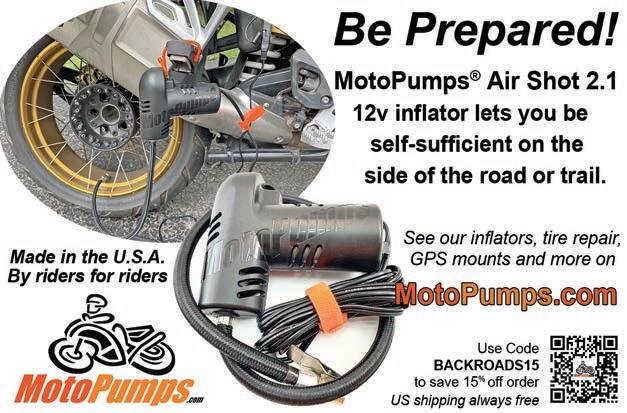

The American Motorcyclist Association congratulates the 2024 AMA Motorcyclist of the Year Tim James, whose service as the Board President of Backcountry Discovery Routes (BDR) helped continue the growth of adventure and dual-sport riding communities throughout the United States.
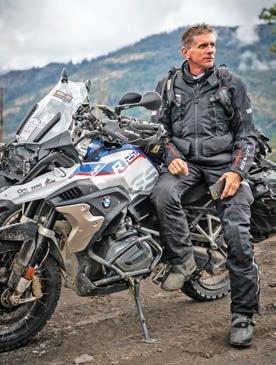
“Tim James’ work with Backcountry Discovery Routes has made a substantial impact on the world of adventure and dual-sport motorcycling,” said AMA Board of Directors Chairman Russ Ehnes. “Beyond the always-exciting recreational component, Tim and BDR’s focus to improve remote communities and put motorcycling in a positive light is admirable work that has benefited all motorcyclists. For what he has done for motorcyclists and non-motorcyclists throughout the country, Tim was the clear choice for 2024 AMA Motorcyclist of the Year.”
Nissan Motor Co., Ltd. (“Nissan”), Honda Motor Co., Ltd. (“Honda”), and Mitsubishi Motors Corporation (“Mitsubishi Motors”) have signed a memorandum of understanding (MOU) to explore the possibility of Mitsubishi Motors’ participation, involvement, and synergy sharing in relation to the business integration through the establishment of a joint holding company outlined in an MOU signed between Nissan and Honda.


Nissan, Honda, and Mitsubishi Motors have reached a basic agreement to proceed with discussions based on the framework established in the MOU signed by Nissan and Honda on August 1 regarding the commencement of a strategic partnership focused on intelligence and electrification. Mitsubishi Motors has been participating in this framework, and the three companies have been proceeding with discussions.
We wonder how this will affect Honda motorcycles
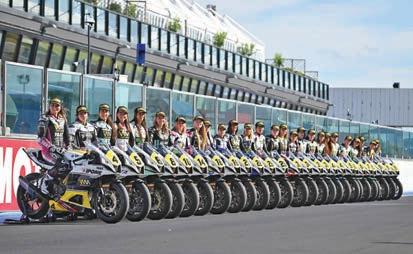
The publication of the entry list for the 2025 FIM World Women’s Circuit Racing Championship (WorldWCR) sees a 24-strong grid set to compete aboard identical Yamaha R7s at selected rounds of the FIM Superbike World Championship this year.
The inaugural WorldWCR championship saw exciting and close racing in 2024 with the title decided on the very last corner of the last lap of the season in Jerez, and the championship is poised to gain further momentum in 2025.
Yamaha Motor Europe’s support of the series sees the supply of the R7 machines raced in the class, which are managed on site by Yamaha partner JiR, who also run the FIM Yamaha bLU cRU R3 World Cup. This support is

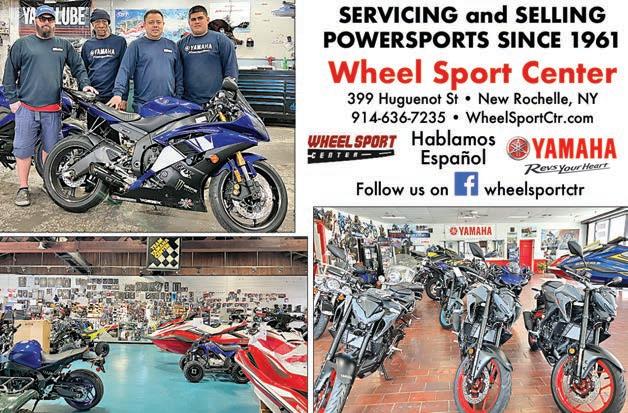
further strengthened by the involvement of Yamaha’s official and supported WorldSBK and WorldSSP teams in the championship with three of Yamaha’s teams supporting racers in the all-female series in 2025.
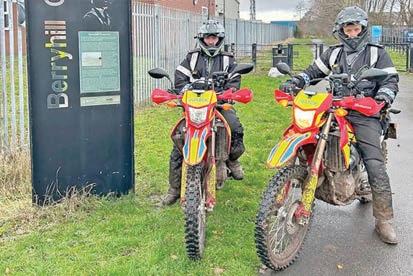
While New Jersey uncharacteristically panicked during the Holidays about drones in the sky (when did Jersey become so sissified?), across the Atlantic specially trained Staffordshire Police officers riding dual-sport machines were deployed as part of a successful operation in Stoke-on-Trent tackling motorcycle theft using drones to track the bad guys (or girl if you are one). The move was set up in partnership with Stoke-on-Trent City Council to help communities being impacted by reported anti-social riding on roads and public green spaces, with increased patrols in hotspot areas and offending bikes seized. This resulted in a large number of recovered motorcycles, as well as arrests.
On Jan. 4, President Joe Biden signed the Expanding Public Lands Outdoor Recreation Experiences (EXPLORE) Act into law, creating additional opportunities for motorized access on federal lands. This piece of legislation also aims to improve access to public lands for outdoor recreation, create new long-distance bike trails and restore campgrounds and modernize infrastructure, among other aspects. The EXPLORE Act also seeks to enhance opportunities for motorized and non-motorized recreation, expanding outdoor activities for enthusiasts on public lands.
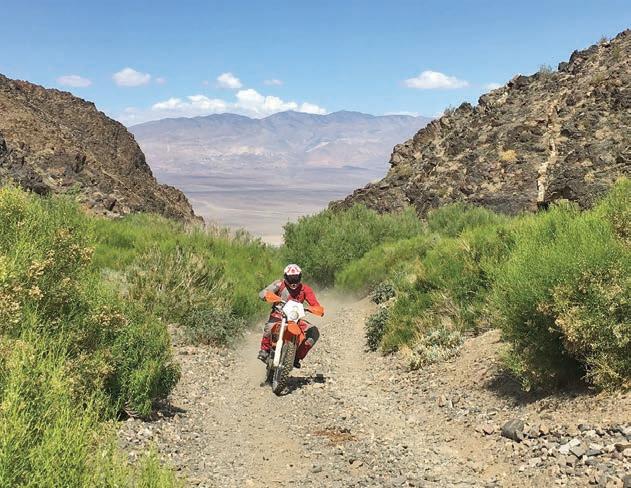
“The EXPLORE Act will help grow the off-road riding community by allowing for more land for OHV activities,” AMA Government Relations Director Nick Haris said. “With this law, our members will have more space to ride on the beautiful public lands our country has to offer.”
The law also allows for organized group recreation activity with motorized vehicles.
BACKROADS gladly accepts Press Releases. Please email text and high res images to editor@backroadsusa.com
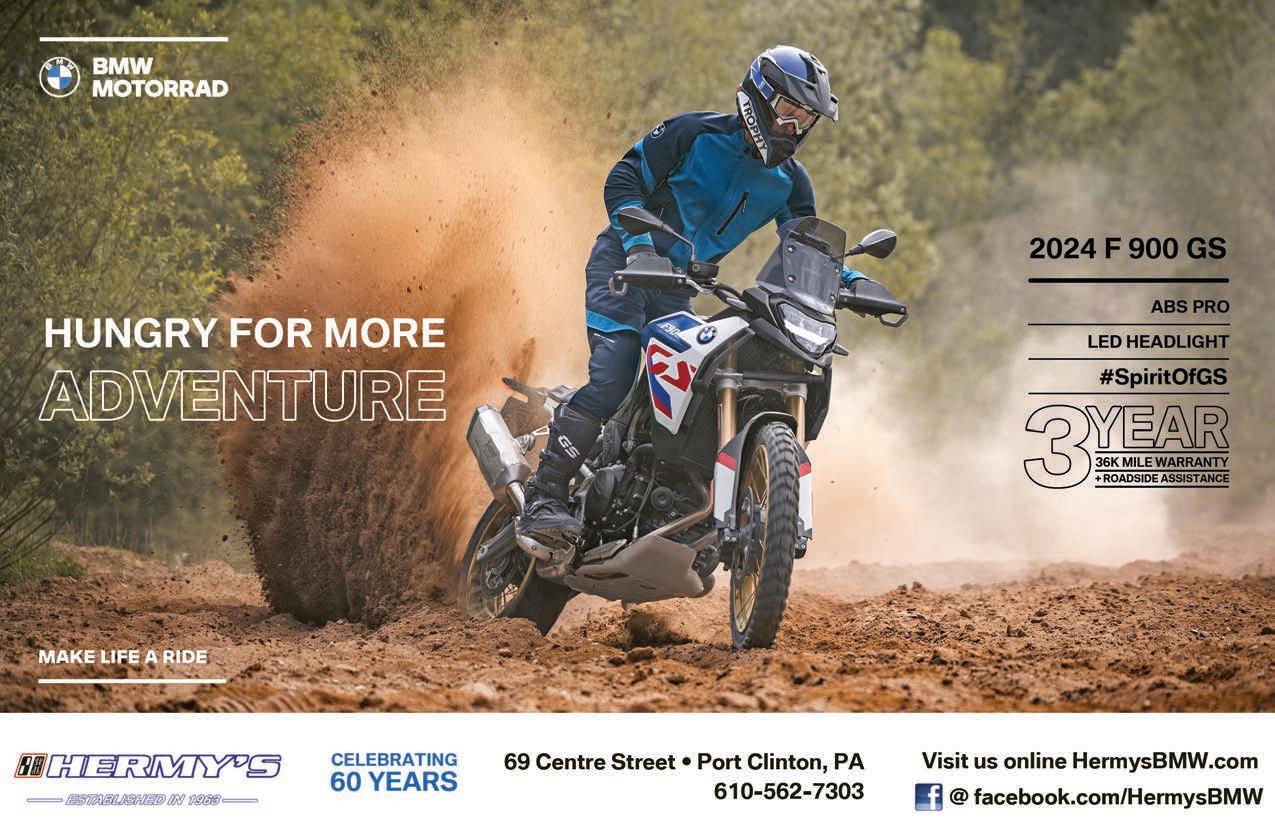
lola’s Tex-mex
300 lakesiDe avenue, anDover, nJ 07821 973-264-4231 • www.eatlolasnow.com
Oh dear… is that snow outside? Are we now trudging our way through the depths of Winter?
Well, this was written on the Longest Night of the Year, a cause for celebration, as it all gets better from here, right?
But perhaps we are way off on my prediction for the weather when you’re reading this. Maybe spring has sprung – We are often wrong – but always confident – so let us toss out a neat place we found on a warm and, more or less, perfect day in late summer last.
We heard of a fountain that had been reopened
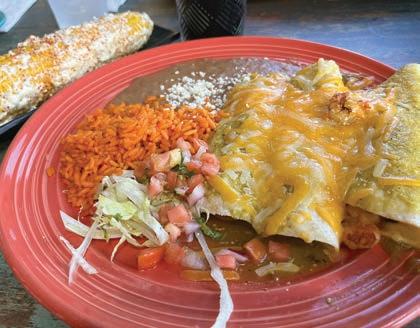
tasty places to take your bike
on the southern end of Lake Hopatcong. New Jersey’s largest, and oftentimes crowded lake.
As gorgeous as Hopatcong is – we rarely ride around there - because of the summer crowds, but it was a weekday, and it does have some of the most serious and challenging pavement surrounding here. Along the way, we spied Lola’s, and after finding the fountain (closed due to an algae bloom), we circled back and took an outside table on the lake’s western shore. Great Tex-Mex on Jersey’s greatest lake – pay attention you snow-bound riders. Okay, we hope we are totally wrong on that call. But Lola’s is totally right!
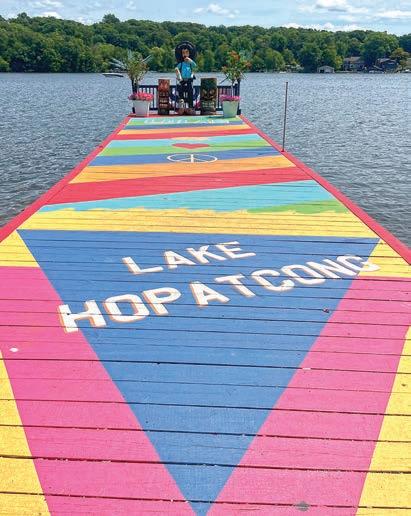
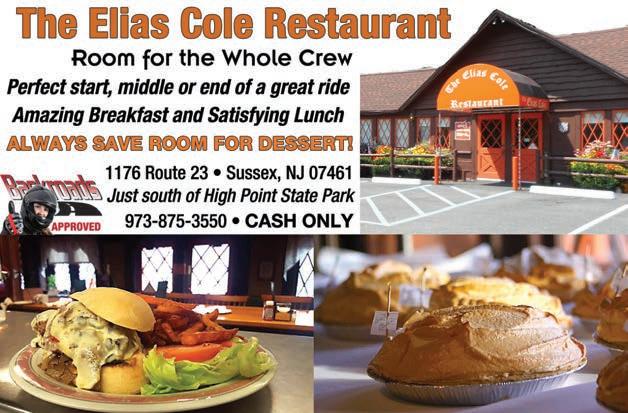
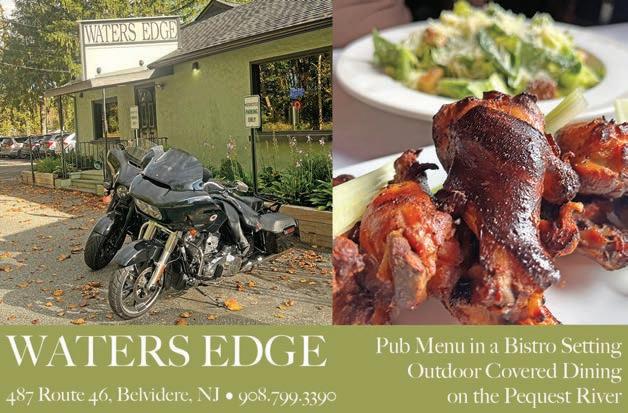
But before we have a stupendous ride from parts south, let’s have a little bit of Lake Hopatcong history. As we said Lake Hopatcong is the largest freshwater body in New Jersey, United States, about 4 square
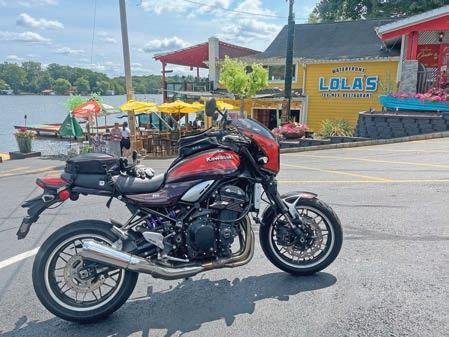
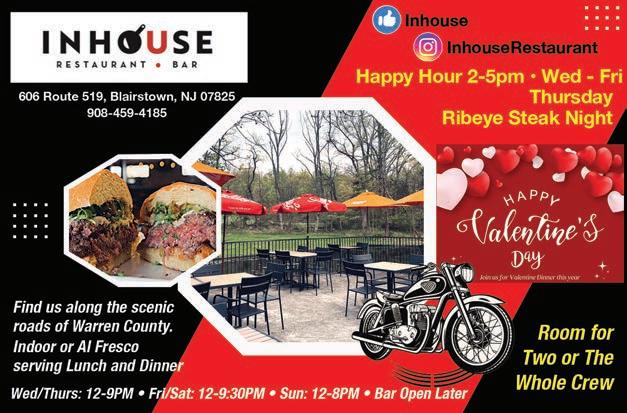
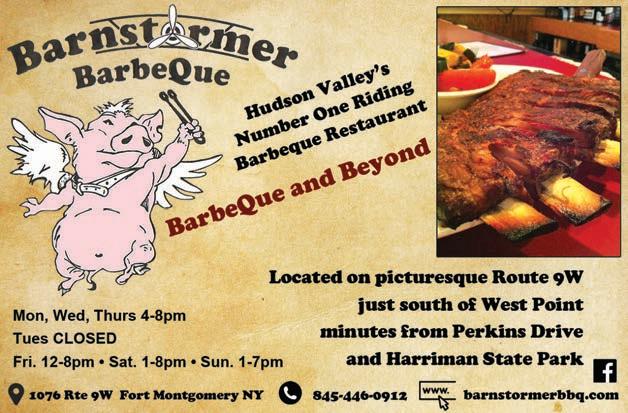
miles in area. Located 30 miles from the Delaware River and 40 miles from Manhattan, New York City, the lake forms part of the border between Sussex and Morris counties in the state’s northern highlands region and is just a few miles shy of dead center in New Jersey at this latitude.
Lake Hopatcong was produced by damming and flooding of two ponds, known as the Great Pond and Little Pond, and the Musconetcong River, its natural outlet. Both these natural waters were created from the retreating glaciers of the Ice Age.
Historically known as a resort lake for vacationing New Yorkers, it is now a mostly suburban residential lake. Lots of summer and full-time homes. Lots of traffic on weekends. So, plan accordingly.
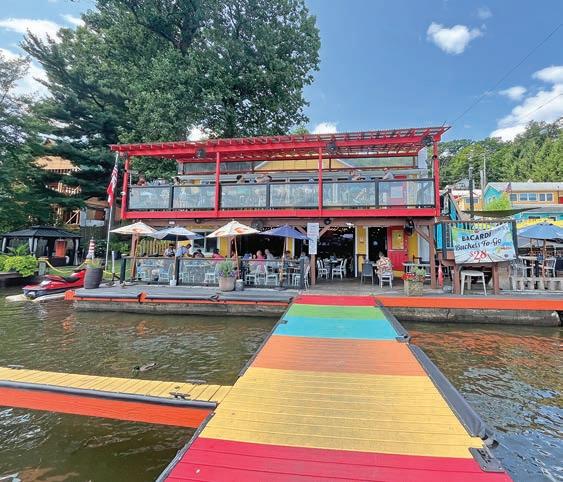
The exact origin of the name Hopatcong is unknown, though it is most commonly attributed to the Lenape Indian word for “stone over water,” which makes sense with the incredible glacial erratics to be found along the lake.

One explanation of the origin of the word Hopatcong is that it was a derivation from the Lenni-Lenape word Huppakong meaning “honey waters of many coves,” but this wording was probably invented at the beginning of the 20th century to stimulate tourism. It did. Then flooding and subsequent formation of a single, large lake created a new geography of the area. Halsey Island and Raccoon Island, the only two true islands on Lake Hopatcong, were disconnected from the mainland. In the 1850s, the Morris and Essex became the first railroad to reach Lake Hopatcong on the southern end. In the 1860s, the Ogden Mine Railroad used Nolan’s Point to transfer ore from northern New Jersey mines into canal boats. The railroad and canal systems were the chief means of transporting coal, iron, and zinc across New Jersey in the 1860s. In 1866, over 880,000 long tons of freight were transported on the canal. Mines were enormous in this part of New Jersey – that is why our local minor-league baseball team is called the Miners.
Various amusements sprang up around the lake. Bertrand Island Amusement Park was open for the late spring, summer, and early fall seasons. The island also hosted beauty pageants, including an unofficial 1934 Miss America. Closed in 1983 Bertrand is sadly now long gone, replaced by “townhouses.” So, the lake has history… now for us, it is the home of some seriously great Tex-Mex in a most idyllic location.
One cautionary note – the driveway into Lola’s is VERY steep, so do take care. Now onto the food!
Tuesday, a good day of the week, is Taco Tuesday with tacos being just $3 dollars each- and they have everything you would expect from a great Tex-Mex place. Enchiladas, fajitas, burritos – but so much more. Their seafood paella is known throughout the area, and the Tres Amigos cannot be beaten. We ordered a pair of their Mexican street corn - oh so good – and if you want more Tex than Mex the steaks and burgers will surely fit that bill.
So, the place has history – a superb menu, great service, and… location, location, location!
Their waterfront dining is surely one of the best on the big Jersey Lake – so follow along on this digital Rip & Ride, from Van Sant Airport in Bucks County! Ride Often. Ride Smart. Ride the Backroads. ,
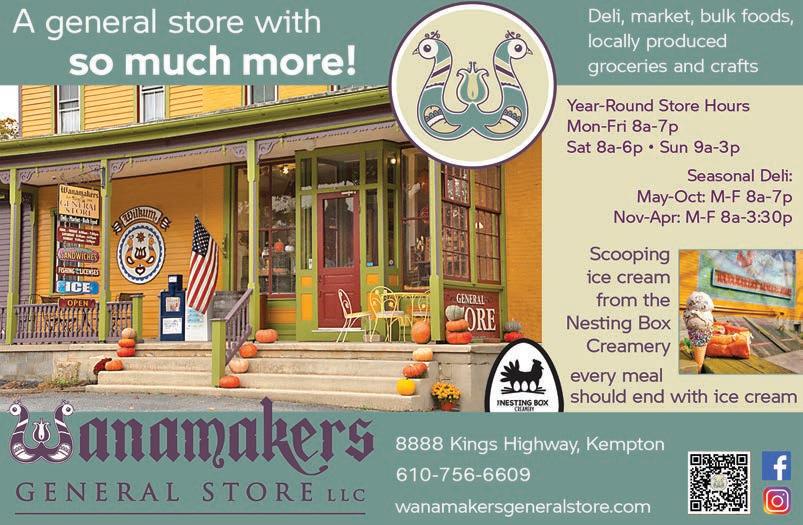
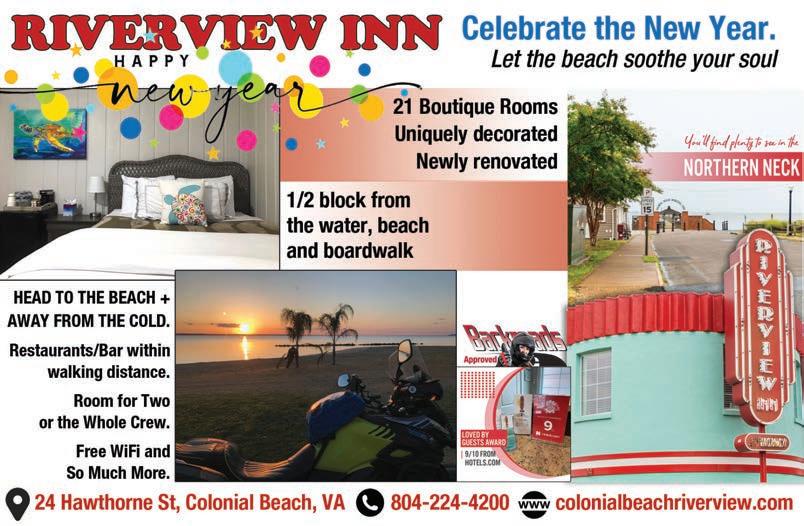
kingsTon, new York DeeP hisTorY, greaT fooD, ice cream & suPerheroes!
This month we’d like to stick with a great destination that brings us to large towns / small cities. But have you ever wondered what the difference is between the two?
We did, and we came up with an answer – more or less. It depends on the degree of urbanization a place has.
In the modern metric which will help define what comprises a town or a city think of this…: “A city has a population of at least 30,000 inhabitants in contiguous dense grid cells. A town, in comparison, is far smaller and has no real set grid or boundary. Usually, they are found in more rural settings.”
Typically, once a town reaches a population of somewhere between 20,000 and 30,000 people, it will begin to be informally regarded as a city. One who regards a settlement as too small to be a town
will typically call it a “township” or “village.”
Backroads Central is found in Hampton Township. We have always thought that means we pay taxes, but there is no town or Main Street, shops, or police. They do pick up the garbage, and it’s an excellent place to live.
So. Kingston is a city, albeit a small one by New York State standards, but certainly a very important city.
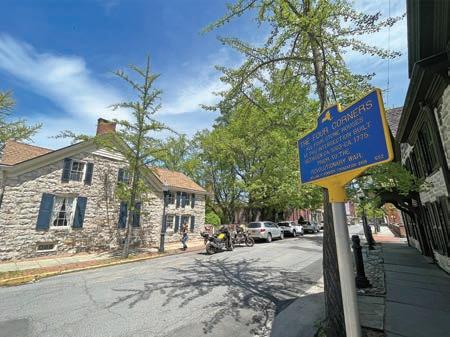

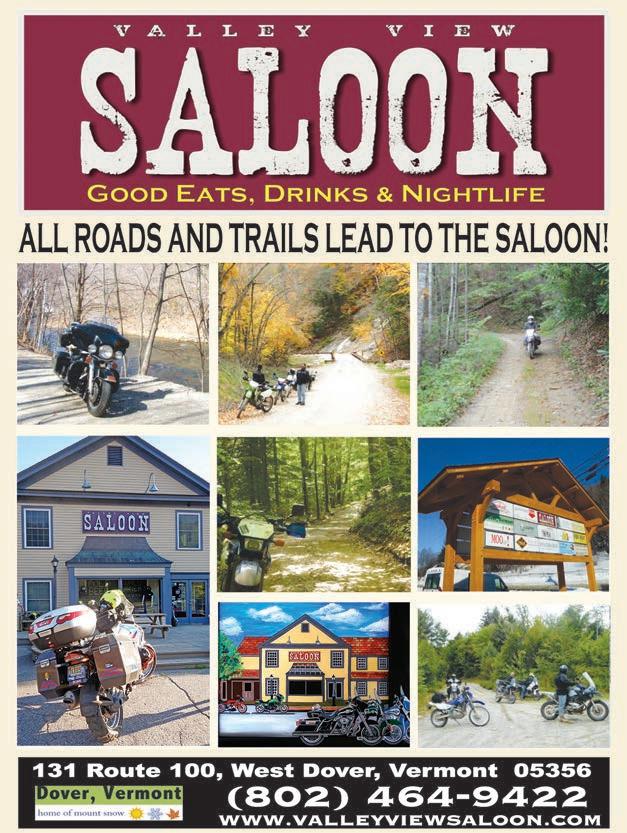
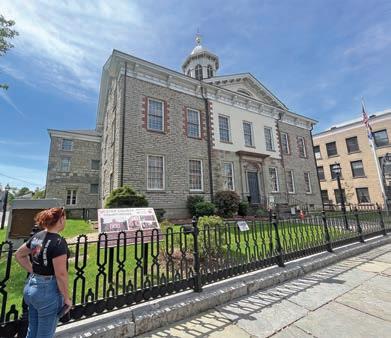
and the Dutch.
When European settlers arrived, they had a rough go of it as friction between Dutch settlers and the Esopus included settlers’ livestock trampling Indian cornfields, disputes over trade, and the adverse effects of Dutch brandy on the Native Americans made for constant conflict.
Before the Europeans’ arrival, they had no experience with liquor. You can see where this would go.
Uptown Kingston’s historic Stockade District is an eight-block attraction that’s equal parts colonial-era time capsule and bustling retail enclave.
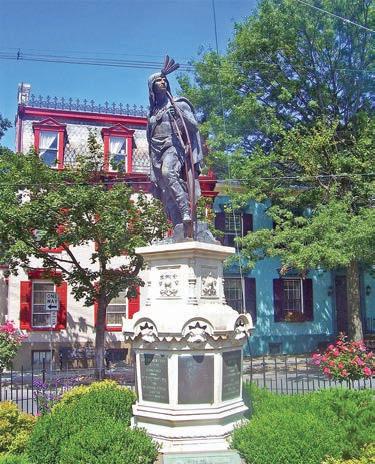
Bounded by Clinton, Main, Green, and North Front Streets, the area takes its name from the former stockade that was built in the spring of 1658,when Peter Stuyvesant ordered the consolidation and fortification of the settlement on high ground in what today is Uptown Kingston. The building of the defensive Stockade increased the conflicts, and the Esopus War broke out. When the British took control of the region the town’s name was changed to Kingston.
Today this part of Kingston is still called the Stockade District, and that is where we were heading this day.
It is one of three original Dutch settlements in New York surrounded by stockades, where the outline of the stockade is still evident due to the raised ground. Within the area are many historic buildings from the 17th, 18th, and 19th centuries, including the original Ulster County Courthouse, the Senate House where the state of New York was established in 1777, and the Old Dutch Church,designed by Minard Lafever, a true National Historic Landmark. Some survived the burning of Kingston by British forces during the Revolution; and the intersection of Crown and John streets has Colonial-era Dutch stone houses on all four corners, the only intersection in the country where this is so.
We thought this very cool and we parked our bikes right at the corner.
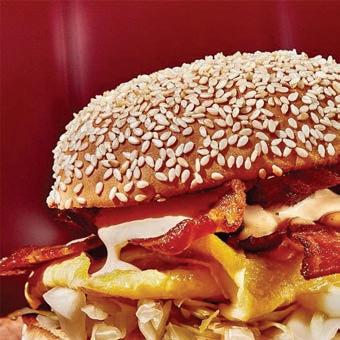
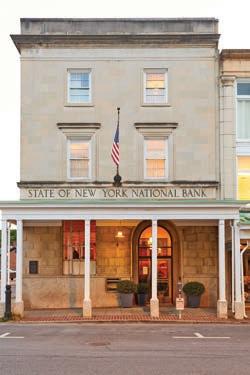
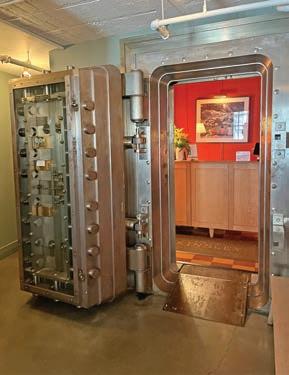
Enjoying the first real nice Sunday of the season we strolled down John Street to the Hotel Kinsley which consists of four separate historic building, and their bar and restaurant is located in the old State Bank of New York. This is a very cool place and if you are checking in for the night note that the front desk is inside the bank’s old steel vault.
They had both inside and outside dining, so we grabbed a table for two in the warming May afternoon sun ordering their burger and fries and quinoa bowl which was the perfect choice this day.
Strolling around the rest of the Stockade District Shira made a bee-line to Jane’s Ice Cream. Jane’s is a boutique family business run by ice cream fanatics Amy Keller and Bob Guidubaldi since 1985. Their award-winning ice cream is made from recipes handed down through their families for generations. The place is legendary along the Hudson Valley, as Shira had written about previously.
A few doors down I spied a sign for World’s End Comics.
Yes, I am a geek (make mine Marvel, please) – so the deal is if I do ice cream, Shira has to do comic books. We both like win/win.
Great score I might add – Red Sonja and the origin of Adam Warlock – but I could go on & on & on….

Heading the other way on Wall Street we walked to the Ulster County Courthouse.
Built in 1818, the Ulster County Courthouse stands on the same site as the 18th-century courthouse in which the New York State Constitution was written in 1777 and was one of the buildings burned by the British. This was also the same courthouse where Sojourner Truth, who became a nationally known abolitionist, sued for and won her son’s freedom from slavery in Alabama. As you can see Kingston is deeply rich in New York and United States history.
Anchoring the whole district is theOld Dutch Churchwhich has a storied and somewhat violent history, having been burned to the ground a couple of times in a history that dates back to the middle 1600s. The 225-foot steeple is the highest point in the area and local zoning regulations forfend any buildings from eclipsing the 62-foot height at its base. As such, it dominates the skyline and makes a good point to remember where your bike is parked. Located along the beautiful Hudson Valley, Kingston is a great place to ride, park, and explore. Take a room at the Kinsley and make a weekend out of it. You deserve it ‘cause We’re Outta Here! ,
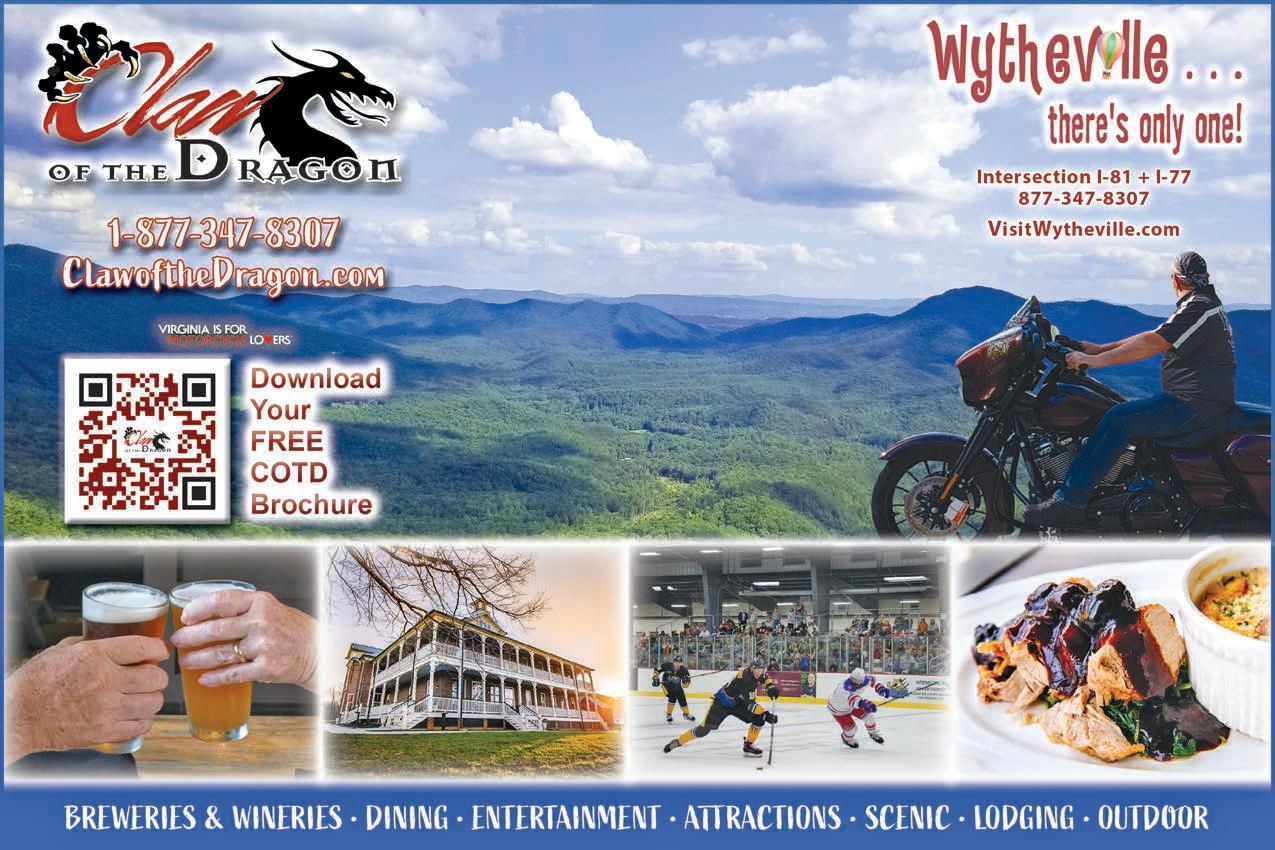
The heiDelberg ProJecT human exPressionanD TimeonThe sTreeTsof DeTroiT
Art is the expression of ideas and emotions through a physical medium, like painting, sculpture, film, dance, writing, photography, or theatre. If you love the creative process, you may devote your life to art.
I am an artist you know…it is my right to be odd.
Vocubulary.com
E.A. Bucchianeri
When El Greco finished his last stroke on a View of Toledo he was happy…maybe.
When my grandson Brison finishes his first finger painting – he will be happy – and it will gladly be hung on the refrigerator next to Ringo Starr’s song.
Art is art and art matters to just the two people that count - the artist and the viewer.
The city of Detroit has been through a lot, and this is really the story of one man’s thoughts on his place in this world and an opportunity and time to make his point.
Some things are easy to fix, and other things take time, vision, and care.
When artist Tyree Guyton was a young man, he saw his city go up in hatred and flames during the riots of 1967, when a police raid at an unlicensed after-hours bar called the Blind Pig began the riots that burned the city.
When Guyton returned to the neighborhood as an adult after serving in the Army, things had only gotten worse. In his words, his neighborhood, and Detroit in general, looked as if “a bomb went off.”
Started in 1986, Guyton’s Heidelberg Project was his attempt to reclaim an area that had become so run-down and unsafe that people were afraid to walk through the area, even during the daytime. Using paint, refuse from
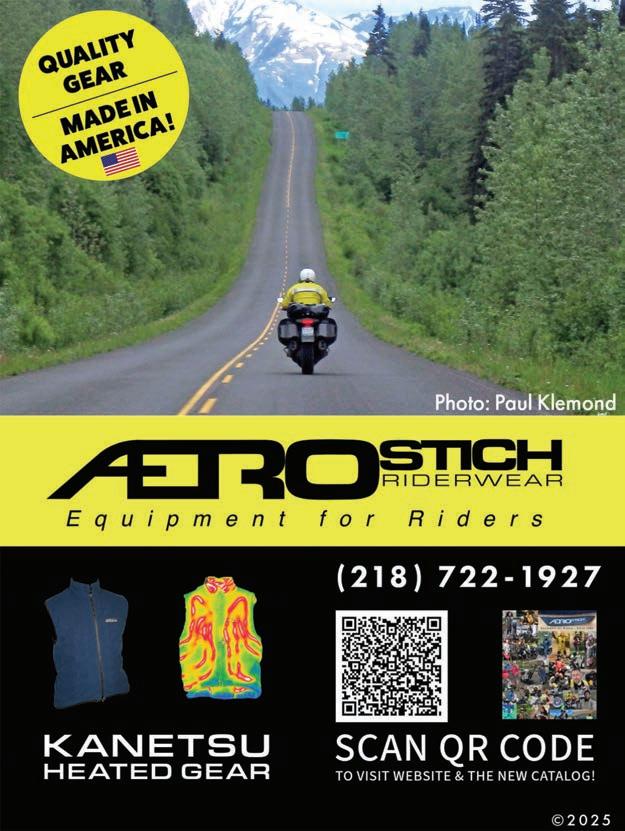
the neighborhood, and a small army of local kids, Guyton began transforming abandoned houses into massive works of art.
It has been a difficult road.
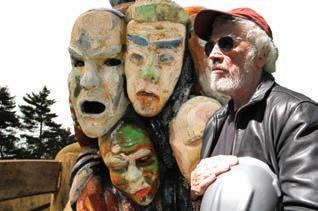
When we rode up to the Heidelberg Project we were not really sure what to make of what we were seeing.
For a complete square city block, there were colors, paintings, murals, sculptures, and individual pieces all created from things that were important to someone at some time. Some critics may call them piles, while others a unique artist’s canvas and creations.
Was this a statement of mankind and where it is and may be headed?
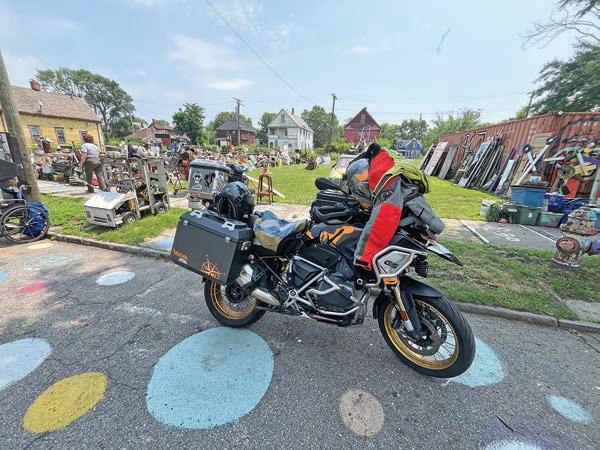
In the middle of it all, busy with five tasks at one time, was Tyree Guyton. Trying to get Tyree to talk to us about it all… difficult, at best.
We parked, and strolled over to talk but, before we got anywhere with him, I had to explain who I was… who I really was – like some touchy-feely episode of Star Trek Discovery.
I answered honestly, as I do not believe Guyton would have stood for bullshit.
I get that. I appreciate that too. We are all on a long road. Some have more difficult journeys than others.
In spite of getting acclaim around the world and having been featured everywhere from Oprah to the TodayShow and considered a Detroit landmark, the Heidelberg Project was twice demolished by the city, in 1991 and 1999. Guyton, however, was undaunted and simply began anew each time. Eventually, the Wayne County Circuit Court ruled that the Heidelberg Project was protected under the First Amendment.
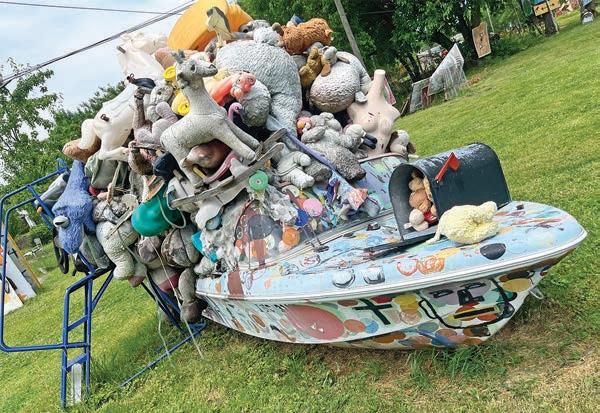

Look at some of the images here… this is not the usual art project by any means. The project occupies the entire block and is made up of dozens of individual art projects. Polka Dot colors run along the street “Noah’s Ark” stood out with its small power boat loaded with a menagerie of giant stuffed animals and “Faces in the Hood,” portraits painted on car hoods set into the ground. Today, the project is known throughout the world and receives over 200,000 visitors a year. It was even elected to represent the United States in the 2008 Venice Architecture Biennale.
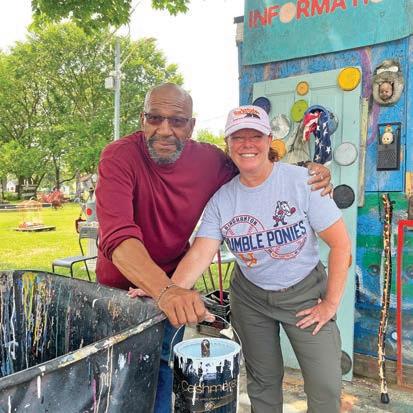

“What was the first thing you thought of when you woke up today?”
“Why are you here – right here now?” Deeper questions that went far beyond that we were simply riding around the United States to tag Major League Baseball Stadiums – though he did smile at that, and probably is a Tigers fan.
She too passed his scrutiny, and then a test.
He handed her a bucket of light blue paint and a brush and asked that she paint a dot on the street.
But not all are happy with the Heidelberg Project. In 2013, arson burned part of the Heidelberg Project to the ground. Another fire in November of that year took down another house. By the end of the year, five houses had burned down. Additionally, questions have been raised about unpaid taxes and foreclosures on the property. In March 2014, a sixth house was burned down.
Controversy continues to this day, but Guyton is unwavering in his thoughts and art.
We asked if we could take a picture with him and Shira…? Now she had questions to answer… real questions about who she is.
Shira smiled, walked up to the GS, and painted one right below its wheel. It was a most excellent polka-dot, and I believe Mr. Guyton was rightly impressed.
His story is far more than we can tell here in Mysterious America, but I highly recommend that you take a deeper look at this artist and his Motor City art project.
There is little question that this gigantic art project is special, unique, and certainly a part of the fabric that is now Detroit… and a small polka dot in this Mysterious America. O’Life Out! ,

The henrY forD
20900 oakwooD blvD, Dearborn, mi 48124 313-982-6001 • www.thehenryford.org
According to a figure released by the Institute of Museum and Library Services, there are more than 35,000 museums in the United States. Certainly, more than any one person could consider visiting. But there are some collections that must be on the “Bucket List.”
There is one found on the outskirts of Detroit, in a town called Dearborn, Michigan, that was definitely in our bucket. The museum’s full name is The Henry Ford Museum of American Innovation. But most people just call it The Henry Ford.
We call it the greatest museum of its type in the United States; and being this “motorcycle” magazine has featured more museums than any other motomag we know – that is not stated lightly.
When plans were made to spend a few days in Detroit – we penciled in a full day to take in the main museum of The Henry Ford – we would need two.
Ford, who started life on a family farm, was always mechanically bent. Having become one of the world’s most powerful and wealthy industrial-
daytrip ideas to get out of the daily grind
ists, he and his wife, Clara, never forgot the values of the rural life they had left behind. As the inventor of the Model T and champion of the assembly line, Henry Ford was aware of the changes that the automobile and growing industrialization could and would bring to the way of life in rural America. Collecting the tangible evidence of America’s pre- and early industrial history eventually became Henry Ford’s passion. In the early 1900s, he began accumulating items associated with his lifelong hero, Thomas Edison.
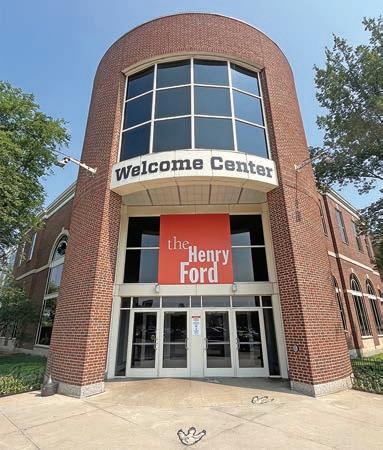
As time went on his collection grew and grew, and with a man like Henry Ford at the helm bigger things were imagined and the need for a real museum became apparent.
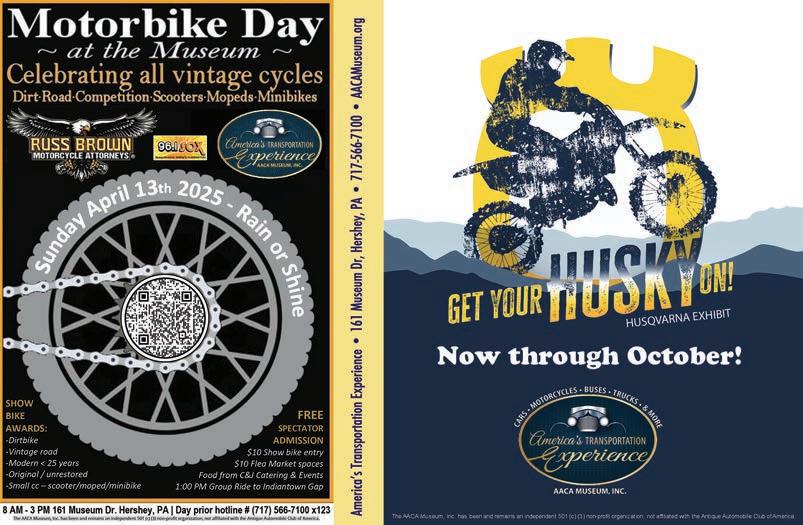
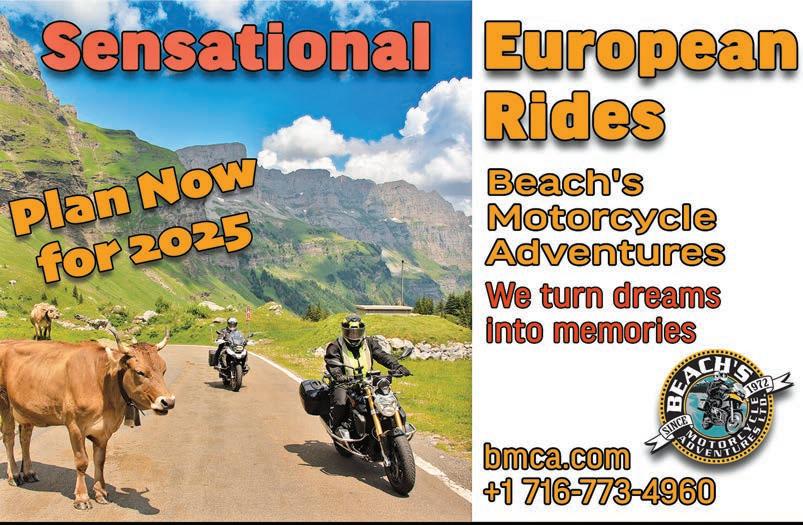
The museum was opened by its namesake on October 21, 1929.
Henry Ford said of his museum:
“I am collecting the history of our people as written into things their hands made and used... When we are through, we shall have reproduced American life as lived, and that, I think, is the best way of preserving at least a part of our history and tradition ...”
Today, in Dearborn, Michigan, The Henry Ford is gigantic and has, not only the Henry Ford but Greenfield Village and the Rouge factory as well. This month we will stay with the Museum of American Innovation as there is so much there to see and to understand.
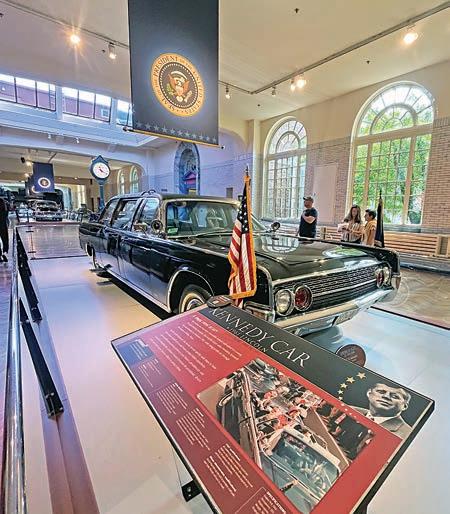
The place is so big, it is overwhelming, and we needed a plan to try to take it all in. As we walked in, we first took in the line of Presidential limousines – one being the very same Lincoln in which JFK was assassinated, at Daly Plaza in Dallas.
In another section about Civil Rights, there were two other real artifacts to be seen. The chair President Lincoln was sitting in when shot at the Ford Theatre and just steps away is a yellow, green, and white bus from
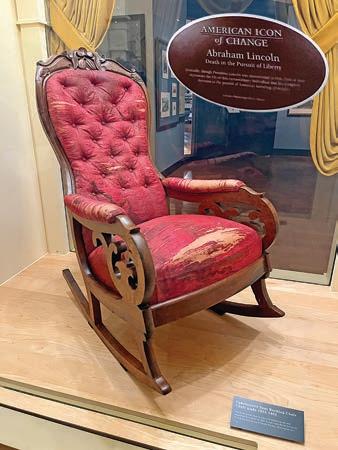
Montgomery, Alabama - # 2857 - the very same bus that Rosa Parks made her determined, but peaceful protest that helped change our country into the almost color-blind nation it is today.
There is an original copy of King George’s Stamp Act, as well as Thomas Paine’s Common Sense.
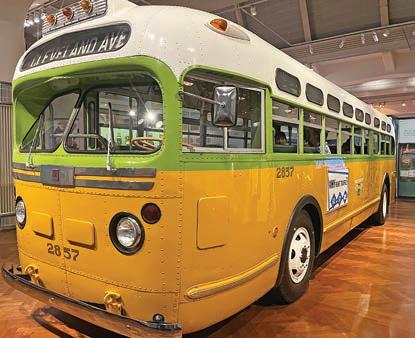
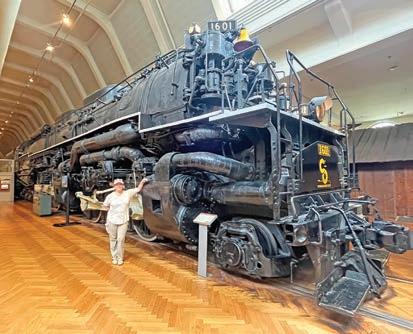
There are artifacts and history that changed the world, but could sit in the palm of your hand but there is also big history – one of which was the mighty Allegheny Steam Locomotive, built in 1941.
Among the largest and most powerful steam locomotives ever built, it weighed 1.2 million pounds with its tender and could generate 7,500 horsepower. Stepping into the engineer’s cab can make you feel very, very small.
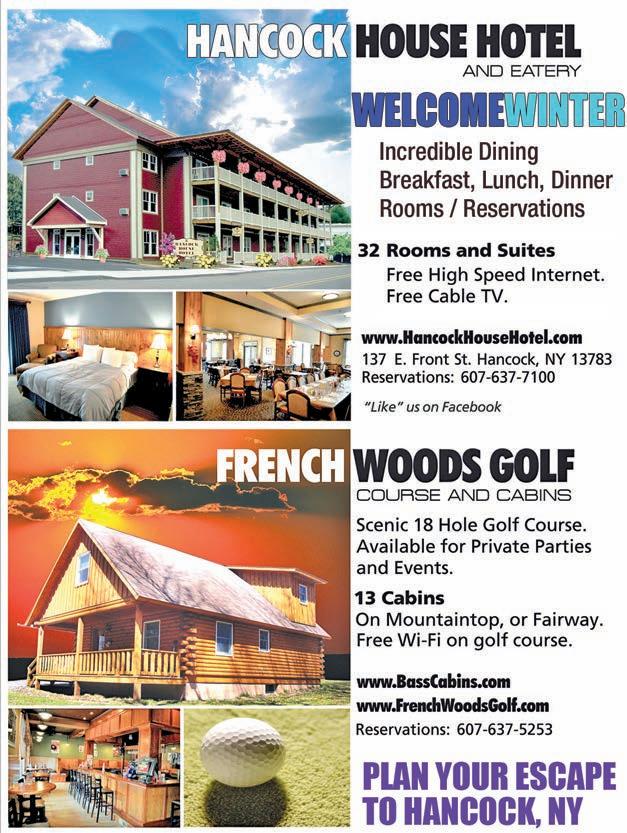
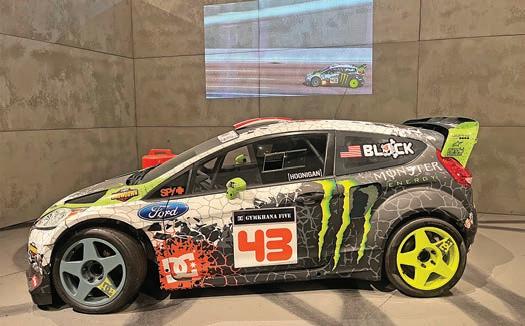
Being this was Ford’s Museum there are a lot of cars - and not just his, or cars for that matter. A 1971 Honda 750 was to be found, along with Honda’s first Accord.
We have been told that Backroads reminds some of the famed Charles Kuralt’s “On the Road” series. It is a great compliment to be sure – and it was amazing to see the very same FMC motorhome that carried a three-man TV crew on America’s backroads, where they took time “to meet people, listen to yarns, and feel the seasons change”.
Surely a great piece of real Americana.
But since we are talking cars, as Prince would say – Let’s Go Crazy – and fire some off at you.
The green Lotus Indy Car that Jim Clark won the 500 in 1965. The Ford GT that won LeMans in 1967 – Gurney Bump and all. Take that Ferrari!
There was a superb video of Ken Block’s insane run through the streets of San Francisco in a just slightly modified (HA!) 2012 Ford Fiesta.
The Henry Ford is not just about the serious and big parts of American history, but the little things as well – like the incredible display of Hallmark Holiday Keepsake Ornaments.

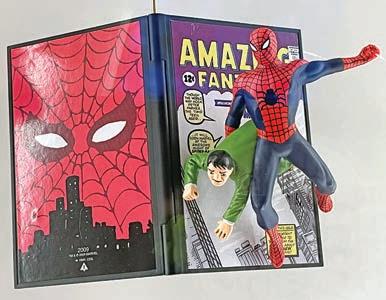
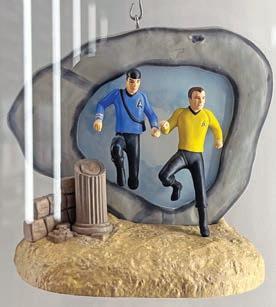
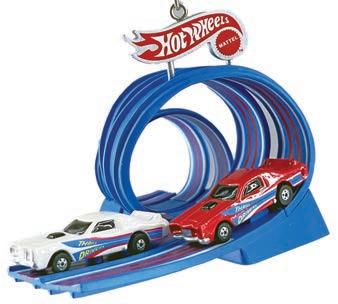
They have over 7,000 of these happy creations and the list of their collection is truly a who’s who of modern Americana. This section of the Ford is very whimsical, and always seemed to have a large crowd oohing and ahhing… and searching out specific genres – TV, movies, classic holiday thoughts. Me… Star Trek, Marvel Comics and Hot Wheels! Is that a Seven of Nine figurine ornament? Oh, yes, baby!
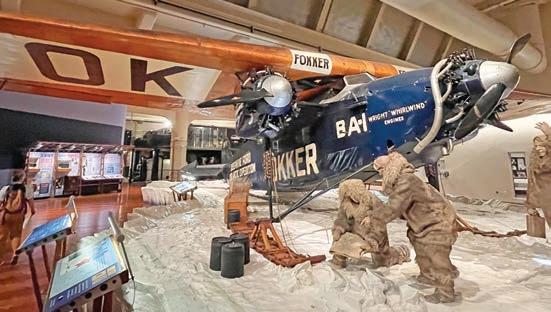
Back on the car side of things – they have the 1961 Mustang I – the prototype for what would become one of the most popular automobiles ever made.
There were plenty of aircraft to be seen as well. A perfect replica of the Wright Flyer, a 1939 DC-3 – one of the first and most successful commercial aircraft to ever fly. One plane that truly jumped out at us was a Fokker F.VII Tri-Motor that explorer Richard Byrd and pilot Floyd Bennett flew to the North Pole on May 9, 1926. Though Byrd is generally credited with reaching the pole, controversy remains. Edsel Ford financed the expedition, and Byrd acknowledged his patron by naming the plane Josephine Ford, after Ford’s daughter.


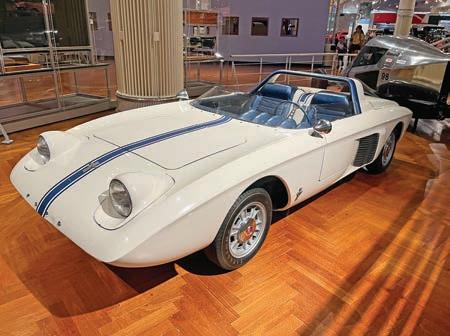
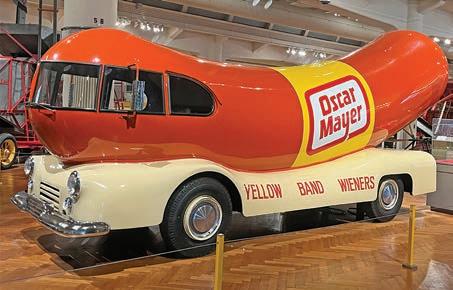
But the real story was what was recorded in Byrd’s personal journal – not released till years after his death. It is amazing and has been denied many times over –although Dr. O’Life swears the story to be true. You’re big kids – do some research on this and draw your own conclusions.
Other oddities include Thomas Edison’s Last Breath – held in a sealed test tube, the Oscar Meyer Wienermobile, and a fantastic inter-active experience called Dinosaurs in motion,as well as an entire section dedicated to math. Math hurts my head.
Much like a Mobius Strip, this museum does seem to go on forever, and just when you think you have seen everything there is more to discover.
If you love history – both American and the world itself – The Henry Ford is simply the greatest museum on the planet.
Yep… we said it again – and we mean it. ,
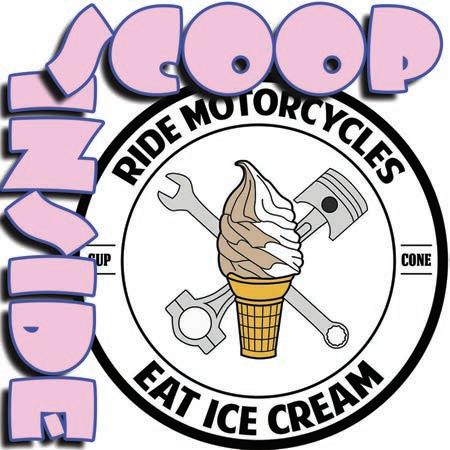
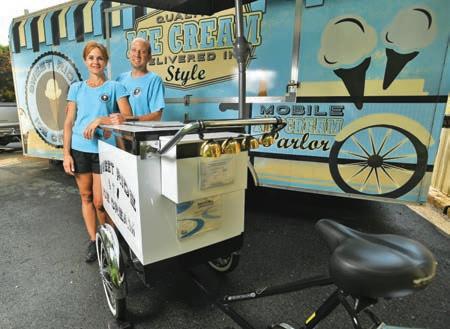
sweeT riDe ice cream
542 Penn avenue, wesT reaDing, Pa 19611
484-987-7338 • sweetrideicecream.com • oPen Year rounD – checkforhours
Angie and Chris Farrell, head scoopers in charge of Sweet Ride Ice Cream, were enjoying a vacation on the beach back in 2013 when a young woman rode up on an ice cream bike ‘pedaling’ her wares. Chris said to Angie, ‘We should get one of those’ and just like that, an idea was planted, the seed took root and a delicious business was grown. As Angie said, ‘If I have an idea I look to Chris and he makes it happen.’
They purchased their vintage Worksman Cycles Ice Cream bike and began doing weddings and other functions, which led them to thinking of expansion, which led them to buying a mobile ice cream parlor as well as an ice cream truck. In 2016, Angie and Chris solidified their roots and opened the brick and mortar version of Sweet Ride Ice Cream at 542 Penn Avenue in West Reading, PA. And it’s been a very sweet ride all the way.
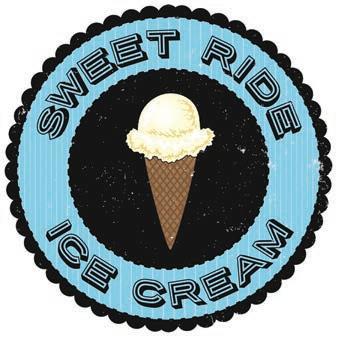
We stopped at Sweet Ride on our way to the York Swap Meet. Located on the very walkable Penn Avenue, there are lots of shops and restaurants to peruse after you park your bike. We were fortunate to get a spot right out front of the colorful and inviting parlor.
Stepping inside, the smell of fresh waffle cones wafted through the air, as did the air of nostalgia with the checkered floor tiles, well-worn wooden counter and the Bastian-Blessing 1946 soda fountain. In the seating area, the barn doors with ice cream scoops hanging in front and country cupboard make you feel quite comfortable, inviting you to take a seat and relax while enjoying your ice cream. If you’d like a little entertainment, there are board games to pass the time.


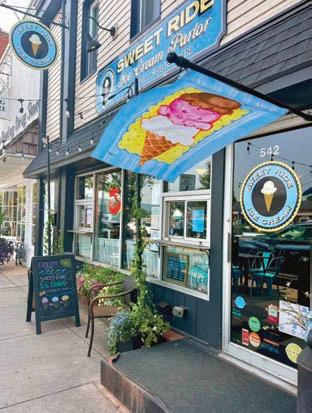
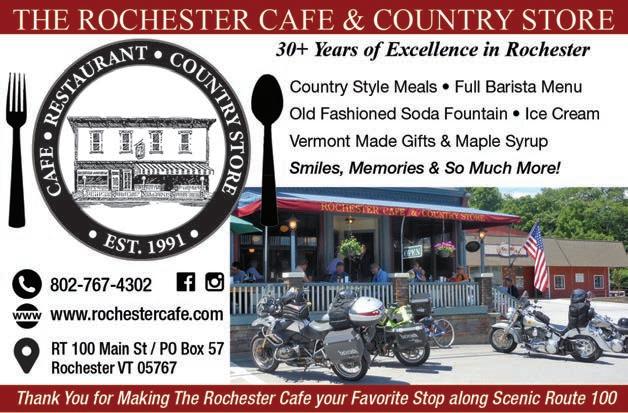




And selecting that treat will be quite the challenge, as Sweet Ride makes their own ice cream in-house with some terrific flavor offerings, which I’ll get to. Remember that smell of fresh waffles? Well, you can get that as a cone or bowl – plain, chocolate or sprinkle dipped. On weekends, how about a waffle sandwich, with a scoop of any flavor between two waffles. Or a waffle sundae, with a scoop on a waffle with either one or two toppings. Come on a Tuesday for Tacos – your choice of ice cream nestled in a waffle taco with your choice of toppings – Ay Caramba!
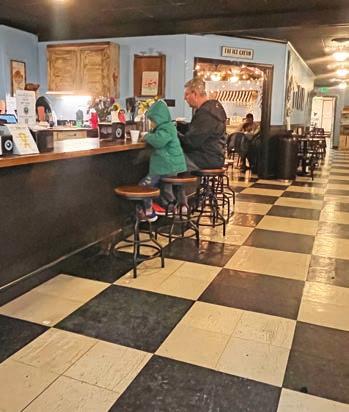
Not a waffle fan? Opt for the ice cream sandwich, with fresh baked chocolate chip cookies. Want a bit more chocolate? Have a Brookie sandwich with ice cream between a chocolate chip cookie and brownie.
Now that I’ve mentioned the serving options, here are some of the great flavors from which to choose: Bordeaux Cherry comes with a decadent amount of luscious, dark cherry in each scoop, Chocolate Raspberry Chip, Graham Slam, Midnight Cookies & Cream, Salted Caramel Pretzel and one of my personal favorites, Pistachio. I believe that Angie might just have a peanut butter fetish, as there are many offerings such as Banana Peanut Butter Chip (Sweet Ride’s most popular), Peanut Butter Weave and Bullwinkle (I had a taste of this and really have to get back ASAP to have a full serving).
Brian had them scoop one Vanilla and one Espresso Blast into a waffle cone while I went for a cup of Espresso Blast and Peppermint Brownie. We both were blown away with the Espresso Blast, chock full of crunchy espresso candy with a most excellent creamy texture. This time of year, whenever I see anything Peppermint I gravitate towards it and I was very pleased with my choice with the pieces of brownie well balanced to the peppermint flavor.
As their website says, ‘Life should be filled with as much happiness as possible whether that means connecting over a banana split or splitting a romantic milkshake’. Sweet Ride is open year round, so whether you are passing through West Reading on two wheels or four, get yourself a wonderful treat in this tasty, nostalgic ice cream parlor. ,

I thought I would find myself out in the wild.
Instead I found I was never really lost, I was discovering.
Within each of us lies an idea of what we believe life will be. For some, it’s a carefully laid path with few deviations, always heading toward a familiar destination. For most of us, though, it’s a mix of blurred images and scattered hopes—a series of “somedays” and dreams we’re always planning to pursue but never quite get to. We say, “I want to be happy,” or “I want to be successful,” and tell ourselves that, someday, we’ll figure out the way to get there. But our path to reach “there” turns convoluted and twisted, sometimes turning back on itself before proceeding forward.
At 29, I was still waiting for that picture to come into focus. I felt a strange urgency, like I was reaching some invisible point of no return. What scared me most wasn’t that I hadn’t achieved what I wanted—it was that the achievements no longer brought me the same joy and contentment.
As autumn began to paint the leaves in shades of orange and crimson, I decided to break away from my routine and ride Lucy, my 2022 Royal Enfield Himalayan, north to Acadia National Park and then West Quoddy, the eastern most point in the contiguous US. I wanted to take it slow, to let myself breathe and see where the road would lead. So instead of racing along highways, I chose the backroads, creating a loose itinerary but leaving space for surprises.
I told myself, No more rushing. Just ride.
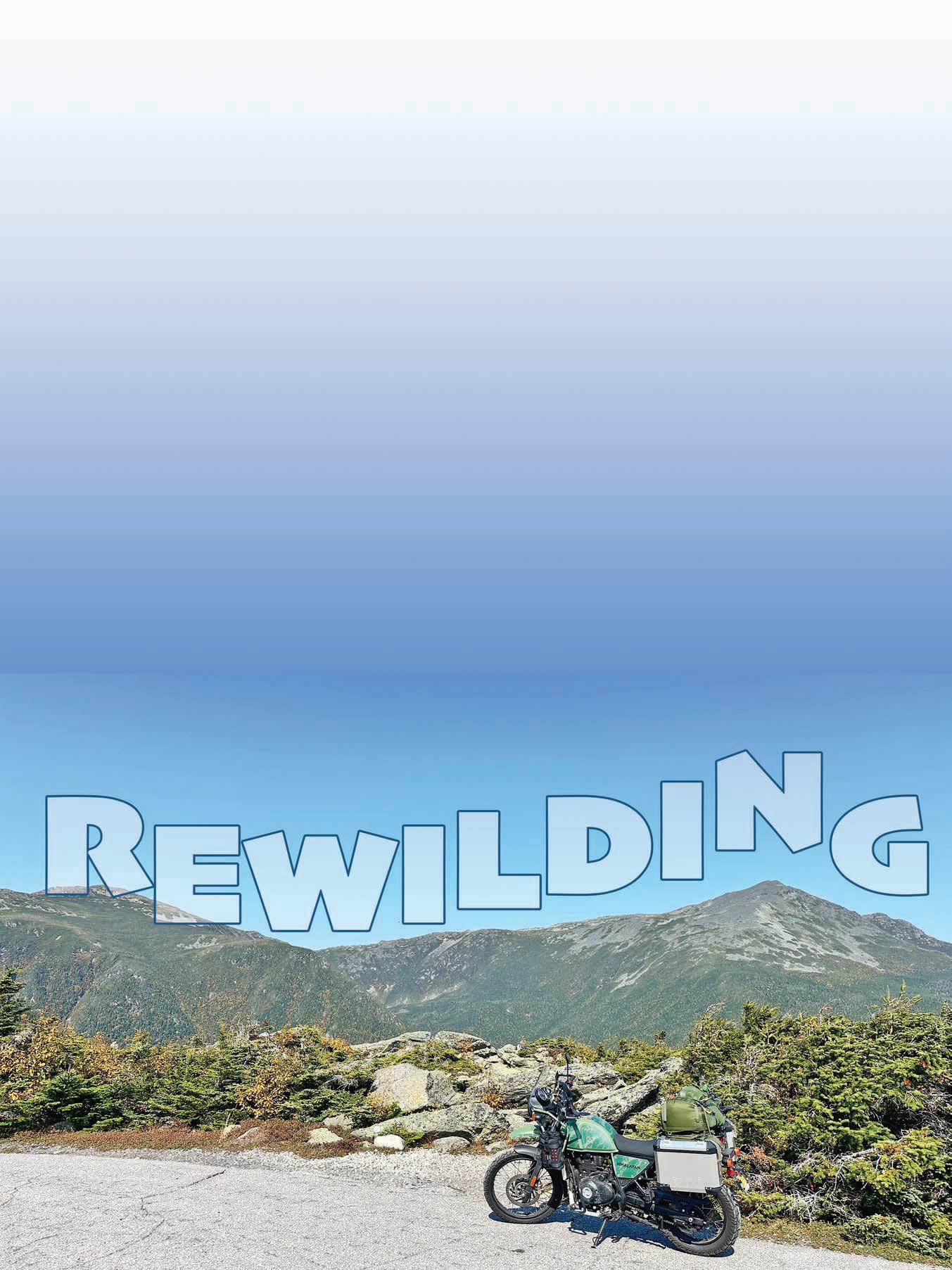
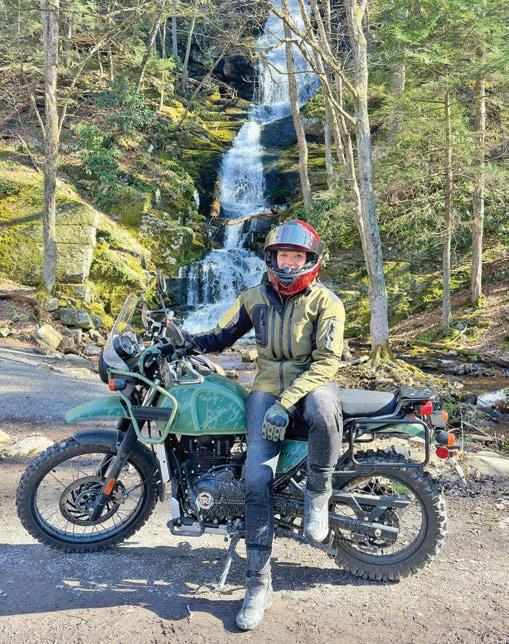
22
I sized up my bike and mentally prepared for the journey ahead. When I first laid eyes on her, the Himalayan was the exact opposite of what I had come into the shop looking for. In fact, just before I saw her, I don’t think I even really considered getting a bike. But you know how these things go: one day you’re browsing models online “just for fun” and the next weekend you’re “just stopping by” the dealership. When I first stepped foot in the shop, I’d had my sights set on a classic-looking model. Maybe a Royal Enfield Standard 350 in Marsh Grey, something that fit my budget and had that vintage charm. I arrived ready for love at first sight. But as it turns out, if you sit on a bike and hate it, there’s no amount of accessorizing that’ll make it yours. And that bike definitely wasn’t mine.
While browsing a few other models like a kid in a candy store, I almost missed Lucy. She stood off to the side, an oversized dirt bike in camo paint, and I hardly gave her a second glance. But after some elbow grease and a lot of convincing from the staff, I reluctantly climbed onto this rugged, roughedged beauty. I ended up not leaving that seat for an hour. It was like sitting on a cloud crafted from gel and memory foam.
The moment I put my feet on the pegs, it felt as if the tank had been molded just for me. In that instant, I knew I couldn’t walk away without her. The
dashboard held every readout an anxious double-checker like me could ask for. Suddenly, every other bike looked sterile. The camo paint that had put me off before now gave the bike an apocalyptic je ne sais quoi, a vibe that hinted at untold adventures. What I’d dismissed as utilitarian now promised protection and durability for the road ahead.
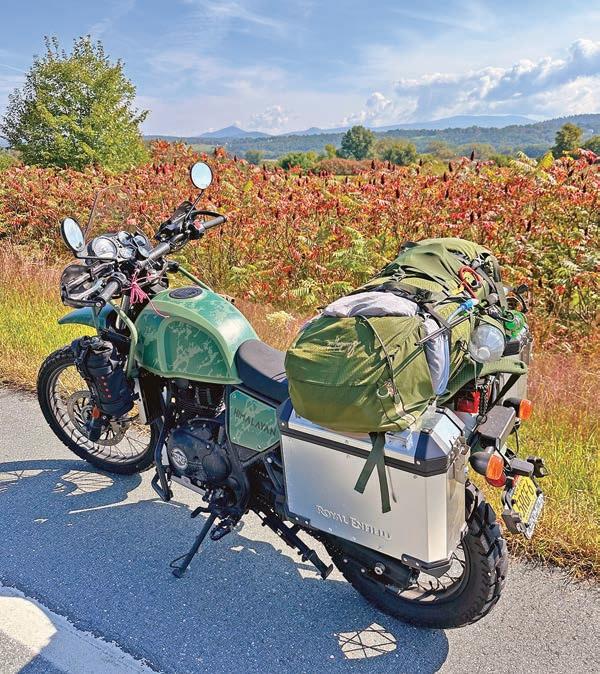
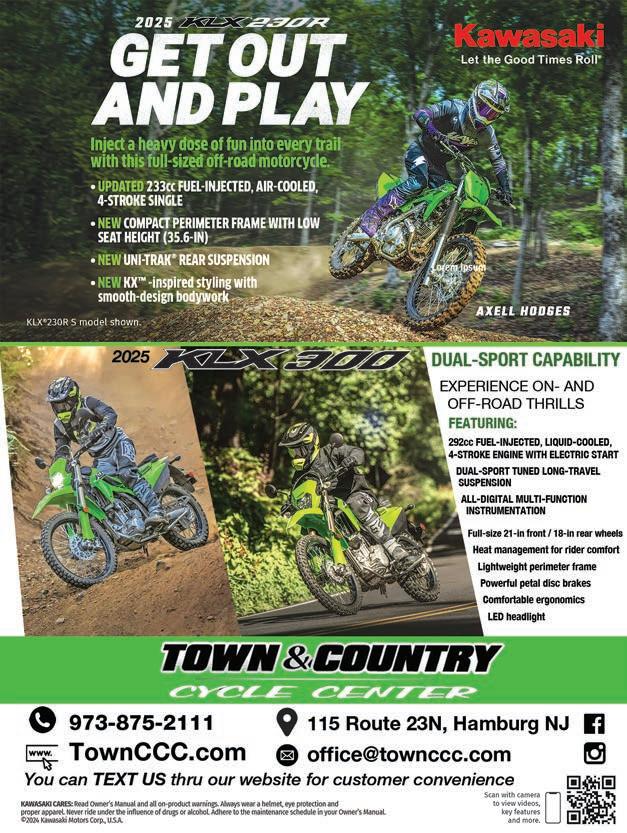
As I packed Lucy for our journey, I marveled at how the things we least expect end up holding the key to our greatest adventures. And as I strapped my gear in, I knew that my motorcycle wasn’t just a mode of transportation— it was a metaphor for embracing the unknown and conquering our fears one mile at a time.
Sentimental thoughts aside, packing had been quite the wakeup call for me. With car camping, you can bring as much as you want, but on a bike, every ounce counts, and I had to keep in mind what I would be leaving strapped while out hiking. Lucy’s panniers became a game of Tetris: in the left, hiking boots, a microfiber towel, a hygiene bag, and enough clothes for five days; in the right, my compact cooking kit, hammock, fishing gear, and a couple of lemons for the fish I swore I’d catch. I strapped my tent, sleeping bag, and camp pillow to the back with bungee cords.
With so much gear, I had to utilize every inch of the bike. My sister had gifted me a nifty handlebar bag from Roland Sands that I promptly filled
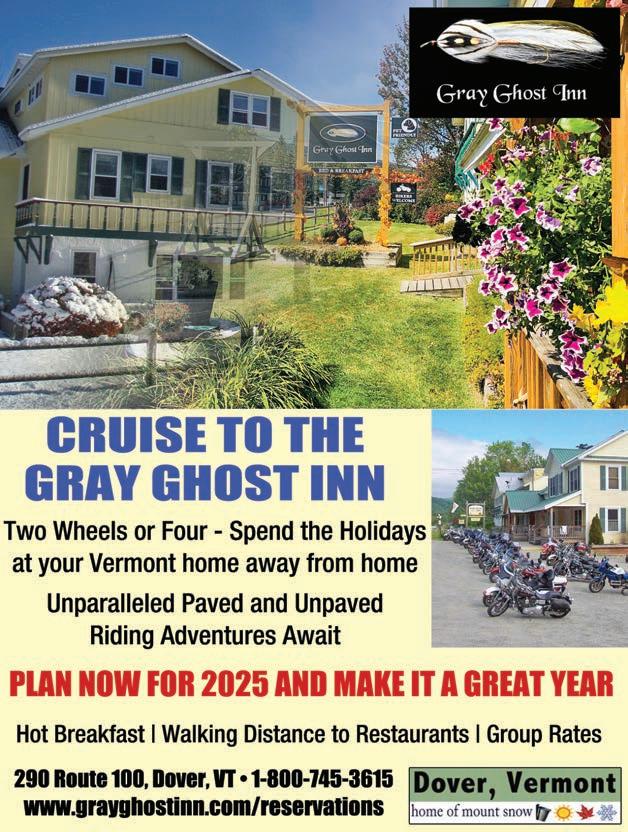
with anything I would need to grab and go on the road, though some of the valuables ended up making their way into my backpack for added security. My Kreiger bottle holder also saved my skin a few times, and after my first close call in a longer than anticipated stretch of wood, I made sure to never leave a gas station without draining the bottles into the tank and topping everything off again.
As I finished packing, I stared at the weight of it all and felt a pang of doubt. But when I rolled Lucy down the block to get a feel for the balance, I felt steady. I told myself, ‘If you can get it down the block, you can get it down the road. And if you can get it down the road, you can get it to Maine. So, with that thought and a racing heart, I climbed back on Lucy, pointed her north, and began the adventure.
The first leg of my journey took me into Upstate New York, though I have to admit there were a few starts and stops along the way. North was a lovely drive, with rolling fields of cows and a scenic turnout for Woodstock. Unfortunately, I miscalculated how long it would take to reach my campground by Lake George, given all my little detours. I pulled into a rather dark campsite and faced about a half-mile trek to the primitive site I had reserved. The sun was setting early, and the gravelly, pitted road had served as a constant reminder that if I
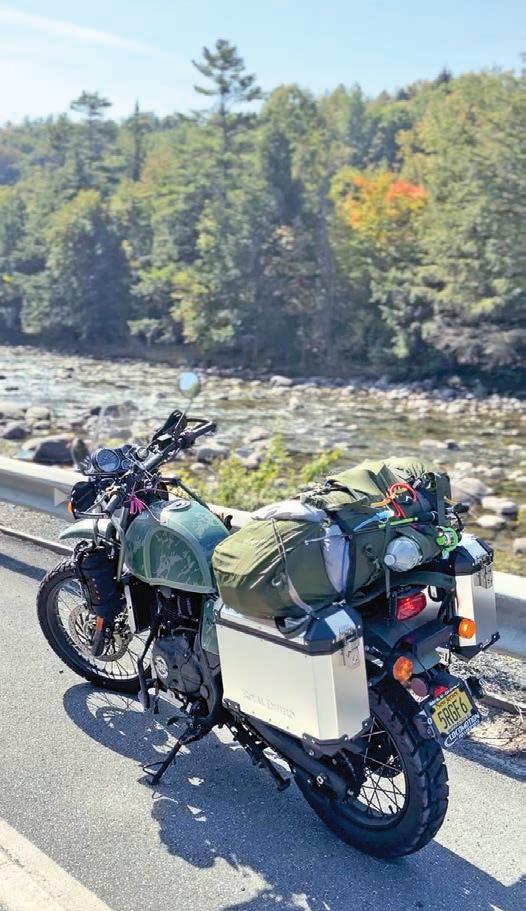

dropped the bike this far in, no one would be coming to rescue me. Thankfully, my new Dunlop Trailmax Missions handled the rough terrain beautifully (so far). Standing there, wondering if I should unpack all my gear, I could only make out a few cars, and an uneasy feeling crept in. After a few minutes of deliberation, I decided I had nothing to prove and made my way to the Luzerne Court Motel. The host was lovely, and the shower was a much-appreciated relief after a grueling day in the saddle.
The next morning, I felt a bit down about my night in civilization (though I couldn’t deny how refreshing that shower was), so I set out in the direction of Vermont to hunt down some breakfast. One of my favorite things to do on solo trips is to stop at smalltown diners and chat with the locals to see what’s happening around town. Another great thing about diners is that fellow bikers often pull in if they spot a bike parked outside—birds of a feather, after all. While enjoying The Hungryman at the Creekhouse Diner in Bethel, VT, I met a couple who were doing some off-roading on KTMs. They mentioned they’d seen a post about a moto gathering at Silver Lake Campground and were planning to camp there that night. It was about a 45-minute ride back the way I had come, and I had been hoping to reach New Hampshire by sunset. I knew I might lose a day, but I reminded myself to stop
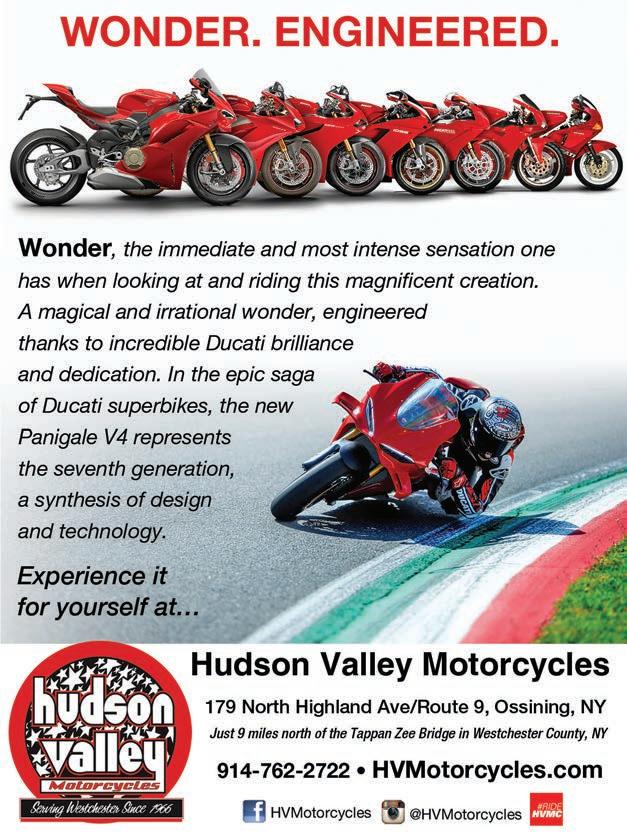
rushing and take in the sights. I had stumbled upon Silver Lake during a previous trip and had promised myself I would return one day. It felt like the universe was nudging me in the right direction. Unfortunately, when I arrived, we discovered that the gathering had taken place the previous year, and the campground was devoid of the expected off-roading lineup. The night passed peacefully in the company of new friends, though as I watched the sun set over the mirrored lake, I fretted over the seemingly rough start to my trip. I reminded myself to let go of expectations and simply enjoy the view. The next morning, just before crossing into New Hampshire, I stopped at a charming little coffee shop in South Royalton called First Branch Coffee. As I sipped my second Maple Latte, I watched the morning mist rise around the historic buildings and struck up conversations with a few other early risers (and their dogs). My bike did most of the work as an ice breaker, as most folks will get curious about a camo-colored dual sport, packed to the handlebars with gear. I was directed to the Tunbridge World Fair by several passersby, and seeing as it was only a few minutes down the road, I figured it was exactly the kind of detour I was hoping to find.
There I spent a few hours happily admiring antiques and cheering for the fattest hog in the pig races.
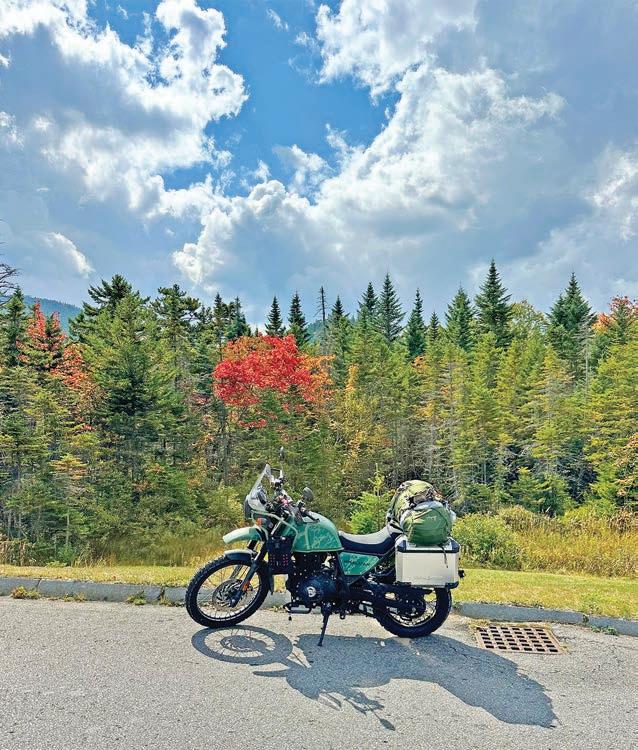

Finally crossing into New Hampshire was undoubtedly the most scenic part of my trip. As I drove through Waterville Valley, I was captivated by the stunning views of Mt. Moosilauke in the distance, a preview of the vistas that would come next. The Kancamagus Highway unfolded before me like a ribbon through a kaleidoscope of vibrant reds, oranges, and yellows as the trees transformed for autumn. I had been fortunate enough with the weather, riding beneath that deep blue sky you only get in fall. My bike hummed beneath me as we glided through the curves, and I lost all sense of where my legs ended and the bike began; we were a single, unified machine. In that moment, I felt truly free. I rode through the Kank twice. First in wide eyed wonder, and the next to take in the beauty at each overlook I had missed. Plus, there’s nothing like the sense of camaraderie you get pulling into a lookout with 100 other bikes with plates from up and down the continent. Our grouping had folks from as far south as Florida and as far north as Quebec, and all had stories to tell.
I spent that night at Dolly Copp Campground to be primed and ready

to take on Mt. Washington Auto Road in the morning. As I settled in, I realized I had quite overpacked. I found myself questioning why I thought I would need a solar shower on this trip. Upon reflecting on my gear, I realized I had approached packing with a different mindset than the one I had now. At home, I had yearned for creature comforts and a structured routine, but on the road, I craved simplicity. The incessant chatter in my mind began to fade, leaving me with nothing on my to-do list but to gaze at the stars. In that moment, I recognized how long it had been since I’d taken the time to sit and process my thoughts. As I sat beneath the vast night sky, my mind quieted, drifting peacefully through the darkness. The next morning, I almost chickened out from the Mt. Washington Auto Road. The mix of unpredictable weather patterns and lack of guard rails weighed heavily on my mind, and I pictured myself getting thrown off a cliff by a car coming around the bend. I decided that if I wanted to back out, I could turn around at any point and go back down, but I had to at least start it. One curve at a time, I made it above the forest line. It was here I was probably most grateful for my GoPro, as I was brave enough to make it up the mountain, but too terrified to take in the breath-taking views to the side. It was catching up to a car taking a few extra seconds to go up a particularly steep hill that I had my first close call. A quick stall and reboot later, and I had to take a breather
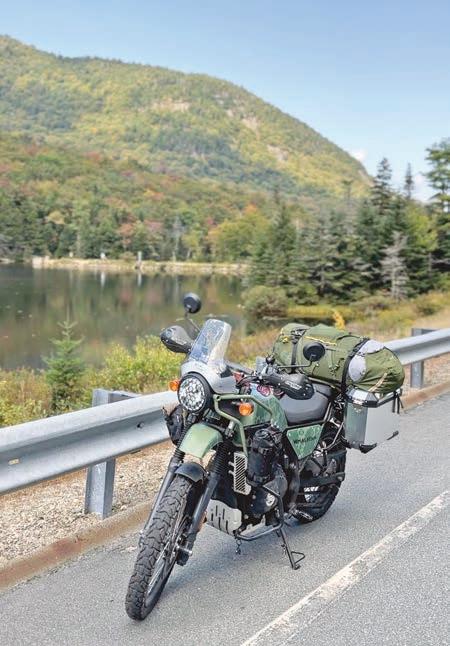
at the next overlook to regain my nerves. Gazing at the endless summits, I felt a quiet pride in making it as far as I did. I reminded myself, bravery is not the absence of fear, but pushing on regardless. And push on I did, though I have to admit I lingered at the summit, not to take in the beauty, but because I was too afraid to go back down. Eventually I realized I would have to make my descent somehow, and proceeded to truly grasp the concept of engine breaking. I went about halfway down in 1st gear, but soon discovered that my bike wouldn’t go flying off the mountain if I cruised with the clutch pulled in, thanks to several miles of mystery wondering how the Harleys behind me where completely silent. By the time I reached the bottom, I had a newfound respect for my trusty bike and a deep gratitude for my reliable brakes. And of course, my Auto Road sticker.
After securely attaching my prize, I set off from Gorham, NH, hoping to reach Maine by the end of the day. I meandered east until I hit Livermore Falls, where I stopped to admire a field of poppies and rehydrate. One consistent mistake I made on this trip was forgetting to check the time the sun would set that day, and how many detours I would make. Though riding in the dark wasn’t uncommon for me, the dropping temperatures and tinted visor, made the long days in the saddle increasingly uncomfortable. With a few hours still ahead of me and the sun sinking low in the sky, I began to feel the familiar ache of saddle soreness. I was determined to reach Acadia that night, and though I stopped to stretch my legs and admire the bridge connecting Prospect to Verone, by the time I rolled into Bar Harbor, my knees and joints were so stiff that I had to literally peel myself off the bike.

Taking a loop around the island the next morning to get my bearings, I took in all the sights I had missed while riding in the dark. I decided since I made it that far, I should celebrate, and set out to hunt down a lobster. I found myself at Stewman’s Lobster Pound, a terrific restaurant with views of the harbor. A helpful tip: If you take one of the nature cruises, they offer coupons for various attractions on
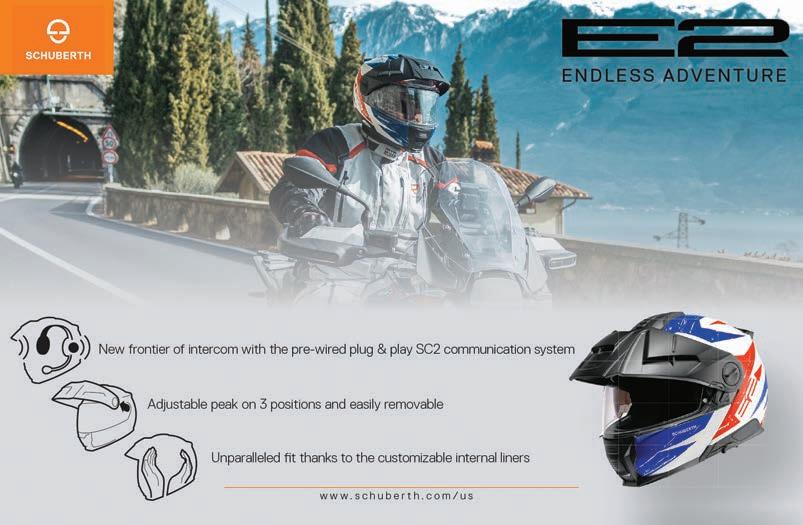

the island at the end of it, including several restaurants like Stewman’s. My fantastic waitress recommended the “Down East” Lobster experience along with a pint of the Wicked brew (a refreshing blueberry ale with a unique touch of fresh berries floating in the glass). Though the Maine lobster was sweet and the accompanying seafood fresh, it was the Wild Maine Blueberry pie that sent me to another dimension. As I savored each bite, my waitress shared stories about a few of the local hotspots and we shouted encouragement to the victim of some erratic winds, racing the gulls to snatch their check back from the incoming tide on the rocks below us.
The island in itself was a breathtaking adventure, made even more unforgettable by the people I encountered along the way. From the mountain summits that offered sweeping views of the sparkling waters below—where boats appeared so small and distant they resembled gulls perching on the surface—to the charming carriage roads that guided me through a slice of preserved history. Unfortunately, I did not brave the lines to get Pop Overs at Jordans Tea House, though I heard many stellar reviews. I made a point of experiencing some of the more popular camps at the island during my stay. At Seawall Campground, I drifted off to sleep surrounded by the scent of pine trees and the soothing sound of distant whistling buoys. It was there that I met Cath, my camp neighbor and fellow solo traveler from Quebec. I remember emerging from my cozy hammock cocoon—far more comfortable than a tent—touched to discover she had created a beautiful sketch of Lucy for me. On the back, she had written a sweet note in case we missed each other when we woke up. It became a cherished handmade souvenir, and I was fortunate to spend that afternoon listening to her stories and experiencing the world through her sketchbook.
But it was Holly and Dale who left the deepest impression on my heart, and where my hardest goodbye. On my first day at Mount Desert, they noticed me struggling to tie bundles of wood to my bike and generously offered to transport them to my campsite. In no time, they became like foster parents, looking out for me throughout my stay, and our morning coffee chats evolved from casual conversations about daily life to meaningful exchanges of sage advice.
Nestled in the heart of the island, my little campground in Mount Desert served as the perfect home base for my adventures. I kept extending my stay day by day, and before I knew it, it felt less like just a place to stay and more like home. I must admit, I was a bit spoiled by the morning coffee and local pastries at the campground’s “Gathering Place,” but in reality, the entire campground felt like a slice of paradise. With charming cedar shower huts and docks ideal for sunset views over the Sound, the atmosphere was always warm and inviting. The water in Somes Sound was crystal clear and icy, yet the tiny critters and marine life busily went about their business. My body began to adapt to the rhythm of the sun, and as someone who typically slept in, I was pleasantly surprised to find myself rising early enough to catch the sunrise most mornings. The fresh blueberry donuts definitely helped!
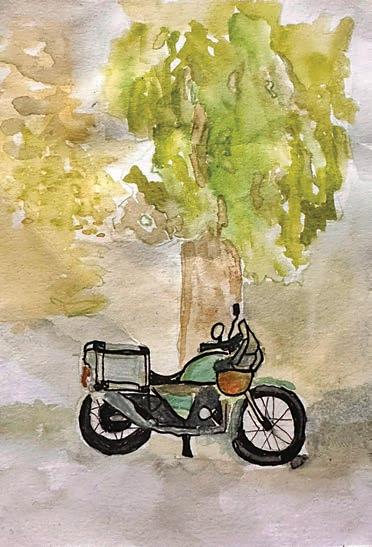
A funny aspect of the island is that once you make a few acquaintances, you start running into them everywhere. For me, the trifecta of the Bar Harbor Laundromat, Every Day Joe’s Coffee Shop, and Sunoco Gas Station—conveniently located at the edge of the somewhat crowded town—became my favorite haunt. Every few days, I’d find myself running low on ideas, clothes, and gas, prompting a trip into town for a little boost. It became somewhat of a ritual to enjoy a strong cup of coffee while waiting for
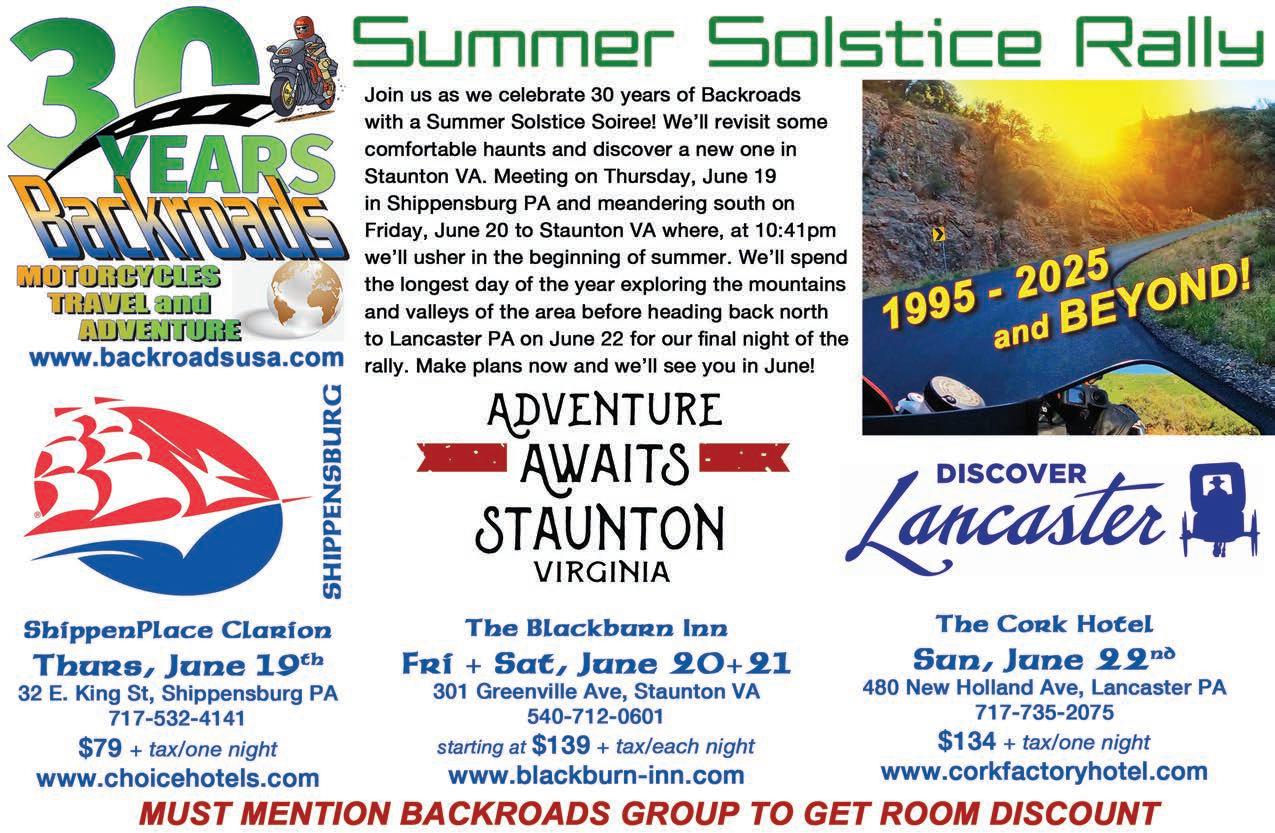
The Rowe Amplink Power Distribution Module is about as cutting edge on the market as you will find.
Solid-state electronics are used in the Amplink PDM for more reliability, fewer wires and more control of your power.
Based on the original Rowe PDM60, the Amplink PDM is a small (3.00 x 2.00 x 0.90 in) unit that is easily placed in most machines and allows for steady and con trollable power distribution to things like your GPS, radar detector, heated gear, and Hornet deer avoidance system.
The original PDM60 used a laptop or pad to adjust the wattage for various accessories – the Amp Link works through an app on your SmartPhone, via Bluetooth, and you can easily adjust each of the six output leads to various wattage demands, and view the status of your output when needed.
When we bought Shira’s 919 back in 2004, we had installed a fuse block to make things a bit tidier, and this unit was what was available back then –basically an anvil – it had to work – then one morning it did not. Somehow (who knows) it had become a bit of a nest and this day’s failure of the ‘anvil,’ was not a problem, but an opportunity to bring this venerable machine up to more modern and cleaner standards, and in line with today’s ‘farkles.’
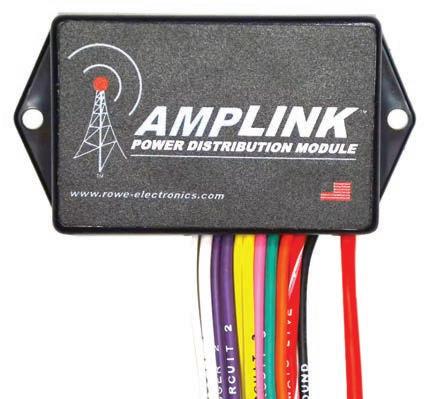
Yes, it is a pricey PDM, but compared to the anvil of the past, this is a hi-tech CNC machine. We needed a solid state, clean, and almost elegant solution.
The Amplink is just that.
The tiny Amplink is fully sealed, waterproof, and extremely durable and each of the color-coded outputs has an 18-inch lead – which can come in handy or can be shortened as needed. Most leads are key-powered, but there is an ‘always on’ option as well. The unit is triggered by one lead posi-linked to a key-powered wire. No need for a separate and bulky relay. It is a very clean power option.
The Amplink PDM is easily installed by any competent shade tree mechanic and comes with a covered ground bus kit and every possible bit of hardware to complete a clean, tidy, and confident installation.
The Rowe Amplink retails for $287 from various internet sources, and if you are planning to keep your machine long-term that we think this is a good way to go.
www.rowe-electronics.com
We decided that the Rowe Amp Link PDM was the best way to go.
my dryer cycle to finish, exchanging bits of advice and tips with other tourists. After first running into my laundromat buddies, Dave and Tracey, on the Bar Harbor Island Trail, then Acadia Mountain Trail, I started looking for them on every hike.
Memorably, the only trail I didn’t see a soul on was the Beehive Trail, which may have been for the best. I spent several nerve-wracking minutes desperately clutching the iron bars halfway up the cliff face, wondering how much it would realistically cost to just get helicoptered out of there. Thankfully, the breathtaking views made it all worthwhile, and on the way down, I allowed myself one bold “That wasn’t so hard” to shake off the momentary panic. My Dainese Axial Gore-Tex boots had held up well on a few trails, but I was definitely glad I went through the hassle of changing into my hiking boots for this particular trek.
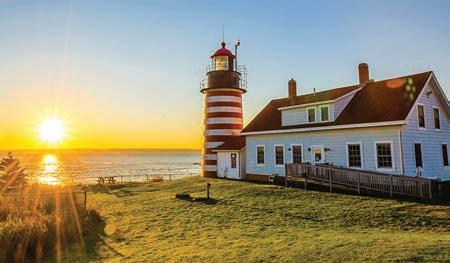
I even found a bit of romance at the end of the world, steaming lobster in saltwater over a campfire with a sea captain at West Quoddy Lighthouse (I finally got to use those lemons!). As I listened to tales of the Bay of Fundy, the northern lights, and bioluminescent waters, I began to realize what I had been seeking on this journey. With every person I met and every story I heard, my heart grew fonder of the world around me. Over the years, the world had felt smaller, with fewer wild, undiscovered places left to explore. Yet, as I absorbed the stories of lives so vastly different from my own, I felt the world expand once more.

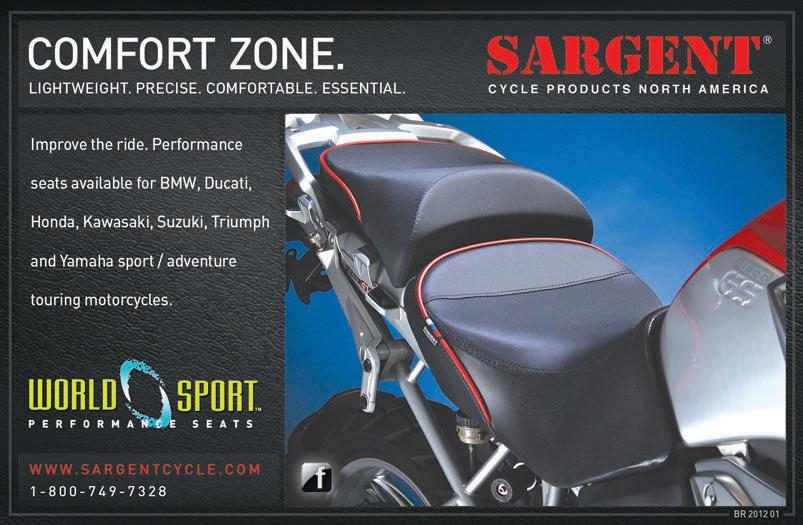

Four days, 1200 miles, and the Incident on Gillespie Road
I saw a mention of something called MotoMarathon in an issue of Backroads magazine and at some point navigated to the MotoMarathon website where I read these words:
“MotoMarathon is a new sport. It’s about riding as many twisties and scenic roadsas possible, over four full days.Routes are kept secret until the night before each event. Through a series of self-recorded checkpoints, riders verify completion at the end of each day’s ride.”
Consider me interested! While I missed the first one, a second MotoMarathon rally for 2024 was scheduled for early October in Vermont. After a few emails back and forth with rally organizer John Bossolt, I signed up and booked a few days of vacation.
The MotoMarathon concept was started in 1986 with a group of Colorado motorcyclists who rode as many twisty mountain passes as they could over a long weekend. MotoMarathon Association LLC was established in 2009 continuing the tradition developed since 1986. John Metzger was the mastermind behind the earlier rides but he passed the Rally Coordinator title to John Bossolt who has been running the rallies since 2020.
For this rally, MotoMarathon was based out of the High Life Ski Lodge in Chittenden, Vermont. From the outside, the High Life looks like a typical B&B, but it’s not. It’s a member-owned social club, providing members with an inexpensive place to stay near some great ski areas. Now, members come to the lodge yearround to enjoy all the outdoor activities Vermont has to offer. This made it the perfect base camp for MotoMarathon. The main floor is a typical 19th century farmhouse with a kitchen, dining room, screened porch, and a living room. Upstairs, the bedrooms are packed with bunk beds meaning the place can sleep up to 50 people. Don’t expect maid service, bedding (bring a sleeping bag), or a private bathroom. But then, the price reflects this. I shared a room with Pete and we occupied two of the six beds in our room.
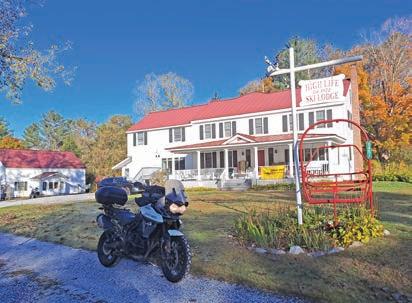
I had passed the Sugar & Spice restaurant last night and I led a small group there for an outstanding breakfast. We joined tables with another group of MotoMarathoners who arrived just before us. They left before us but we all caught the same ferry across Lake Champlain to New York. After crossing, about 15 of us set off in one big ungainly mass for checkpoint two: a covered bridge in the town of Jay. After the bridge stop, we spread out a bit and I ended up with a slightly different group of five riding up to Whiteface Mountain. The autumn leaves were at peak color and the crowds not too bad and we decided to ride up the auto road. Smooth pavement and great curves were tempered by traffic but the ride was still thoroughly enjoyable. After parking, three of us took the 27-story elevator to the summit, savoring the 360-degree view.
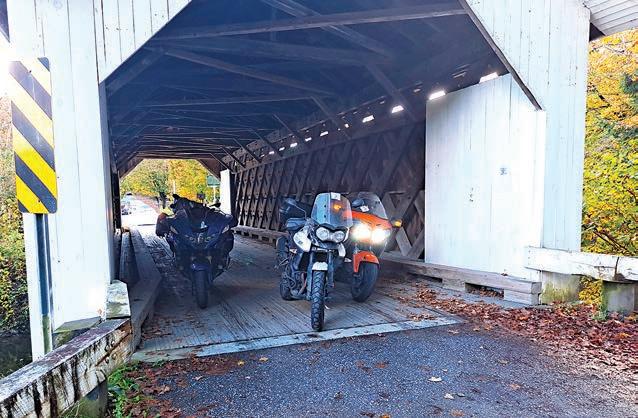
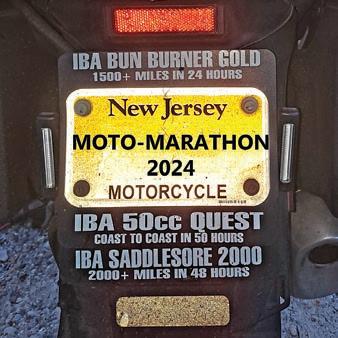
I arrived at the High Life Ski Lodge Wednesday evening, not knowing a soul. Most of the other 15 or so participants were hard-core long-distance riders. Multiple bikes boasted Ironbutt Association license plate frames, including one with Saddlesore 2000 (2000 miles in 48 hours), Bunburner Gold (1500 mile in 24 hours) and a 50 CC (50 hours coast to coast) frames. I’m not worthy! A fine dinner was served, introductions were made and route sheets with bonus stops were handed out. Soon, we were swapping road stories along with some adult beverages and I realized that these folks had a passion for riding and maybe I did belong here. Day 1 was planned for 322 miles with checkpoints on a ferry, at a covered bridge and a restaurant.
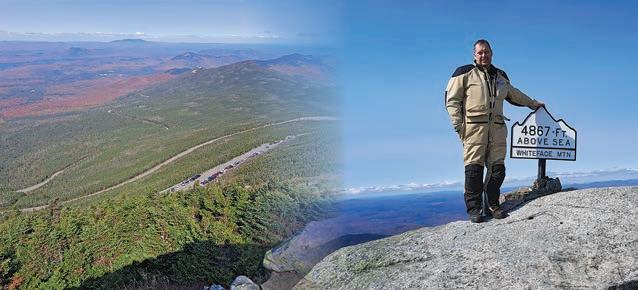
Back at the bottom of the mountain, we turned on to Gillespie Rd, which was a fine curvy road until it wasn’t. I hit a patch of gravel in a corner and for the first time in 200,000 miles and nearly 30 years, I smacked to the pavement at 45 - 55 mph. The Aerostich Roadcrafter saved me and the crash bars saved the bike. (See ATGATT sidebar for details) After verifying that both the bike and I were roadworthy, we continued, skipping a loop out farther into the Adirondacks, arriving at our next checkpoint in Lake Placid for a late lunch. On the way back, I took the lead on Tracy Road, ripping up the road in good fashion and receiving a fist bump from Pete at the end. We arrived back at the High Life Ski Lodge around 6:30 just as it was getting dark.
Dinner was Spaghetti made by “house mom” Chris Cooney, and pizza from a local shop and both were fantastic. After dinner, I recounted the Gillespie Road Incident several times to my new friends and Doctor Nikki shared pain relivers from her “Ouch Pouch.” Friday’s route was revealed at 377 miles and I headed for an early bedtime.
I slept surprisingly well, thanks to the pain killers.
Friday:
I worked out some aches in the shower and downed more pain relievers along with leftover pizza and coffee. Today’s ride is planned for 377 miles and we’re headed back to New York, a bit farther south. Our first checkpoint was the Ticonderoga cable ferry across Lake Champlain.
On the New York side, we headed south along Lake George to Bolton Landing for checkpoint #2 at the Bear’s Cup coffee shop. I pick up a good long distance riding tip here from a couple of other riders: order espresso instead of coffee. This provides the caffeine kick without the associated pit stop an hour later. After a photo, coffee, and a pastry, we backtracked up Route 9N – completely worth riding twice for a cup of coffee -- and over to Route 30. We missed a turn onto County Road 6 because the sign called it Benson Rd. Discovering our mistake, we backtracked and rode a wonderful road over to Caroga Lake where we turned on to a fast-sweeping Route 10.
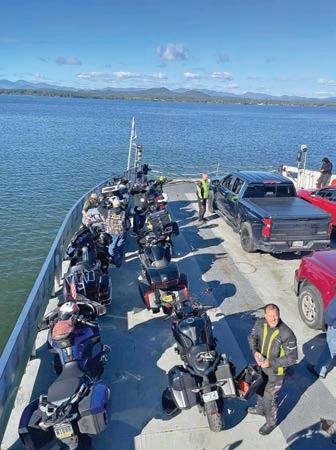
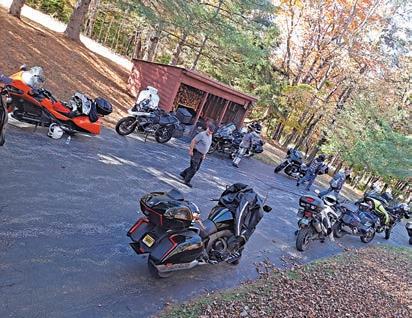
In Speculator, we turned down a few side roads to where rally coordinator John Bossolt had the grill fired up
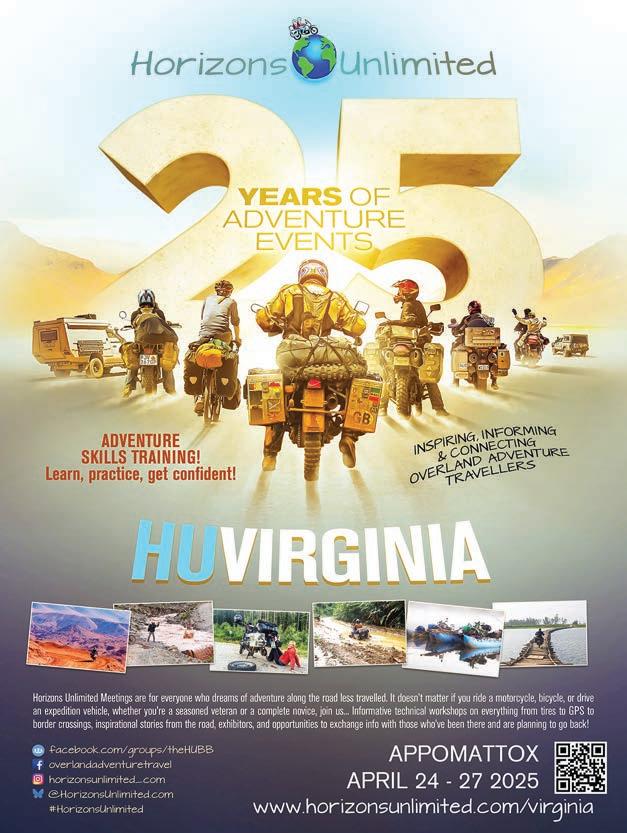
at his mountain camp. We relaxed around the bonfire enjoying burgers, hot dogs, and brats. After eating our fill, it was time to head back. We made a gas stop in Indian Lake before our final checkpoint at the Champlain Bridge back into Vermont. Another fine dinner was served up and the next day’s route sheets were distributed.
Today’s ride clocks in at 363 miles and we’re headed north to Canada, but not really. Our departure was early and a group of five of us headed north. Fog from an overnight shower and the rising sun gave a surreal appearance
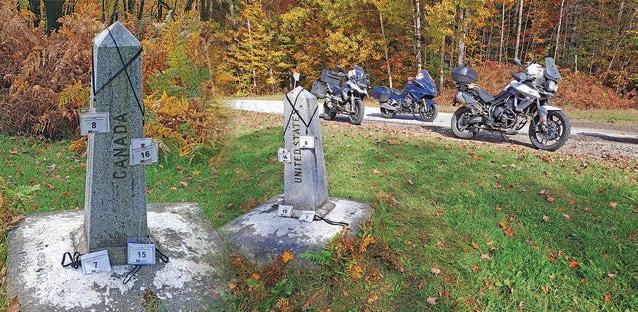
to the early morning landscape as we motored through the Champlain Valley. We joined up with another group for a short time until a gas stop. In Cambridge there was a checkpoint at a covered bridge that we never did find thanks to conflicting GPS information. We eventually substituted another covered bridge and headed for the border.
There is a little anomaly in Richford, Vermont where East Richford Slide Road crosses into Quebec, Canada for 100 meters or so before returning to Vermont. Our checkpoint was the granite border marker. Curiously, Google Maps shows the road crossing the border, while Bing Maps does not.
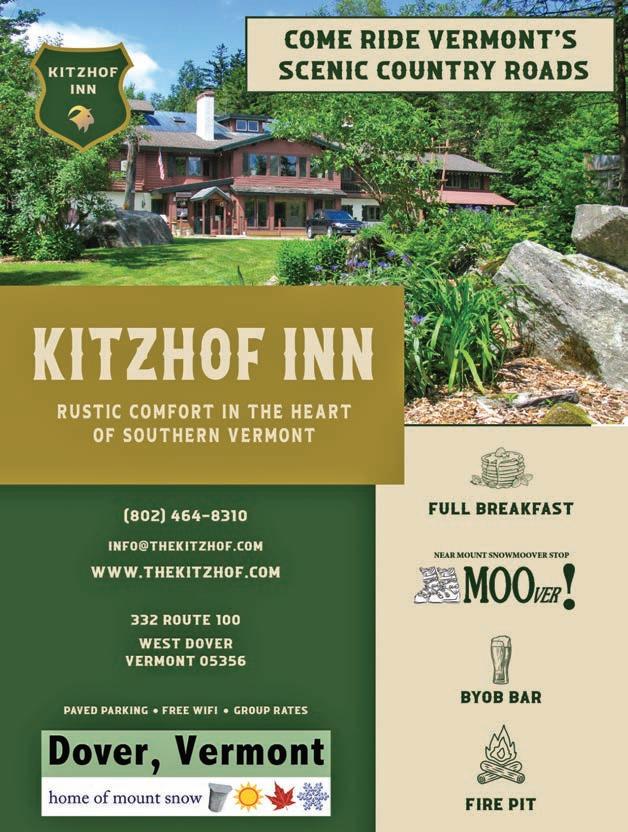
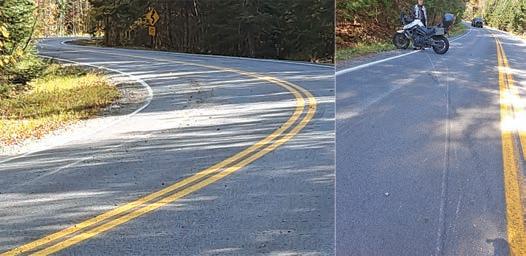
I was out riding with some newfound friends in the Adirondacks and we had just come down from the top of Whiteface Mountain. We were riding at a reasonable pace, maybe 50mph in a 45mph zone. There was a slight rise around a right-hand corner before dropping to a left.
Half way through the right curve I felt the rear wheel slide out and then I was sliding down the road with my right leg trapped between the pavement and the bike. My memories are a bit sketchy but I apparently steered into the skid and rode the bike right down to the pavement. We slid for a good 100 feet, crossing into the other lane before the bike pirouetted and spit me out. The bike stopped with the front wheel almost in the ditch on the wrong side of the road. As things came back into focus, I found myself standing beside the bike with my hands on my knees.
The bike had a broken turn signal, small scrape on the fairing, big scrape on the engine crash bar, scuffed mirror and hand guard, and a ground down footpeg. The fact that I was underneath the bike for much of the slide may have contributed to the relative lack of damage
My injuries didn’t become apparent until later. I had a sore right foot from being underneath the bike and a burn/abrasion on my right forearm. I also had some general discomfort in my ribcage which I attributed to pulled muscles. Sneezes were painful for the next couple of weeks which may mean I cracked some ribs.
I was wearing an Aerostich Roadcrafter which had damage to the right forearm, right elbow, right knee, right torso, left elbow and left knee. My boots had a scuffed sole on the right and my right glove had an abrasion on the carbon fiber knuckle. My helmet, miraculously, suffered no damage.
Upon arriving home, I contacted Aerostich and sent photos and they deemed the suit beyond repair. Looking over the damage to my suit, I gladly purchased a new one, taking advantage of their 15% “Crasher’s Discount.”
Afterwards, many thoughts ran through my head. • This was my worst crash in 45 years and over 250,000 miles of riding. • I had already switched my focus to the next corner and never saw the gravel.
• If there had been oncoming traffic, it would have been “Game Over.” • Without protective gear, I would have been carted away in an ambulance. Please, if you are reading this, wear all the gear all the time.
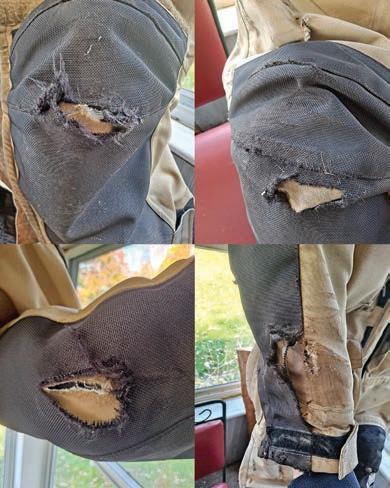
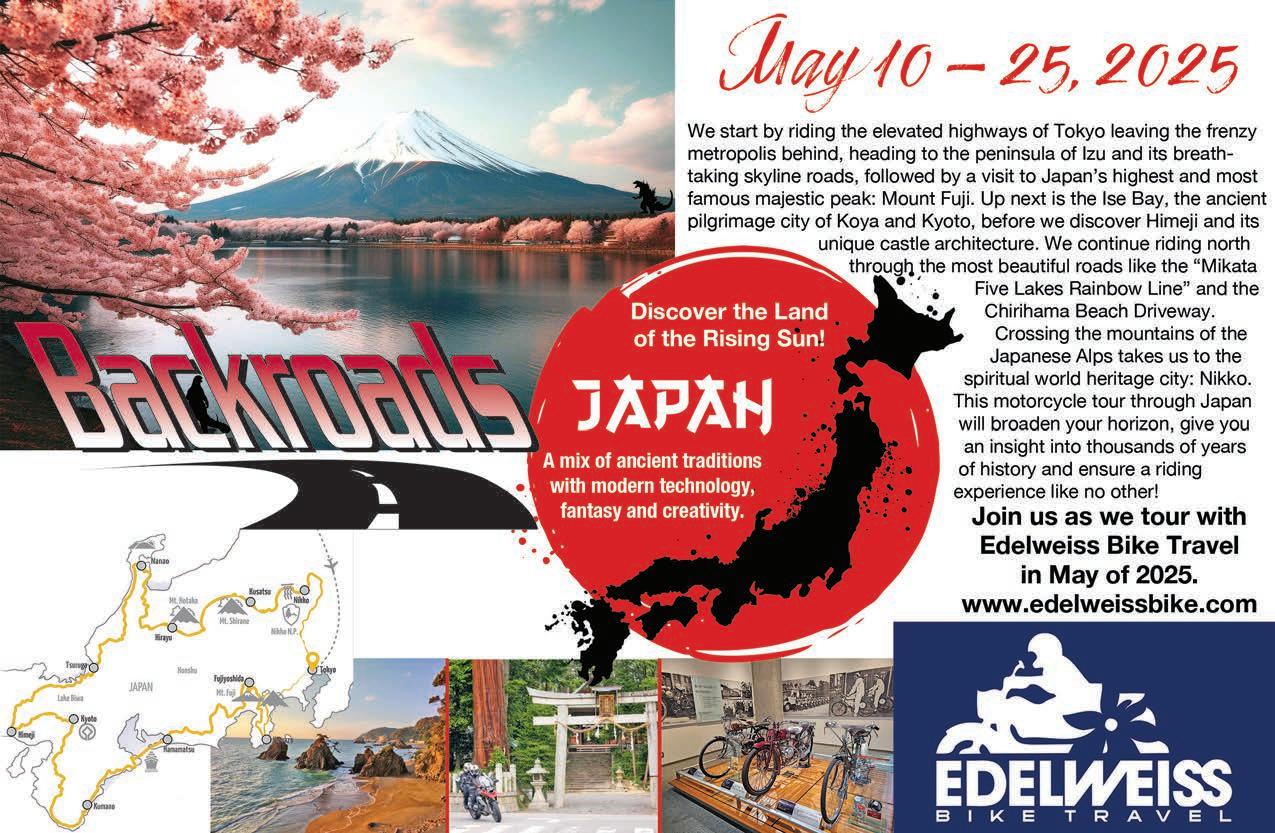
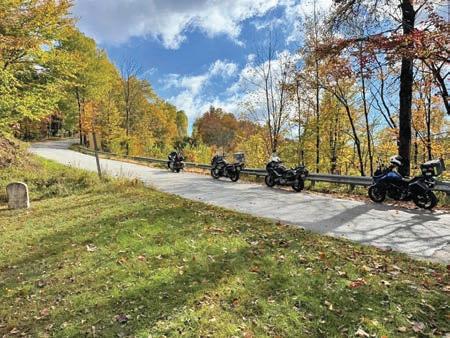
A few miles later, we stopped at the Jay Country Store for a fantastic lunch before heading west. We zipped across the northern tier of Vermont before crossing the bridge to the Champlain Islands. Turning south on Route 2, we made our final check point of the day at Hero’s Welcome General Store in North Hero. We enjoyed our afternoon beverages overlooking Lake Champlain before heading out. We detoured around Burlington, Vermont on the highway before exiting back onto Route 2 in Richmond. Our planned gas stop was undergoing renova-
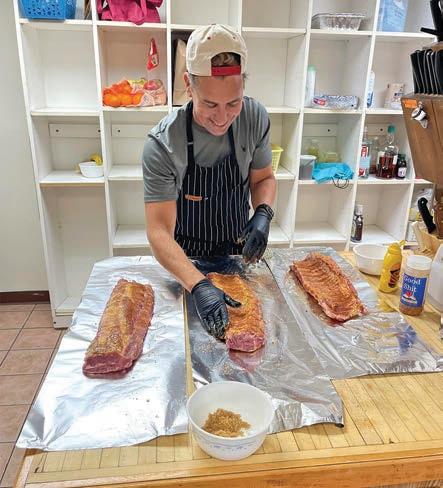
tions and we ended up back at the same station we had stopped at this morning, arriving from a different direction.
From here we made our way to Route 100: Vermont’s Main Street. Usually, it’s a nice ride but today it was thick with leaf peepers. Eventually we made it to Route 125 and sailed up over Middlebury Gap at a fine pace before heading to Route 7, Lake Dunmore and over Route 73 through Brandon Gap. From there we headed down Route 100 to Killington and back to the High Life Ski Club. Tonight, dinner was barbecue and the ribs and brisket were outstanding.
Prior to our first day, we submitted our driver’s licenses for the Halo challenge. Our licenses were sealed in envelopes and returned to us. If we made it through the entire rally, without having to show our license, it meant we rode like angels, thus the Halo challenge. The first name drawn was mine and I won a MotoPack from JTMotoco. It’s a sweet little bag that you wear like a reverse backpack. Now, all your stuff that would ordinarily go in various pockets is right in front of you. Nice! Sunday’s route sheets were distributed with only two check points.
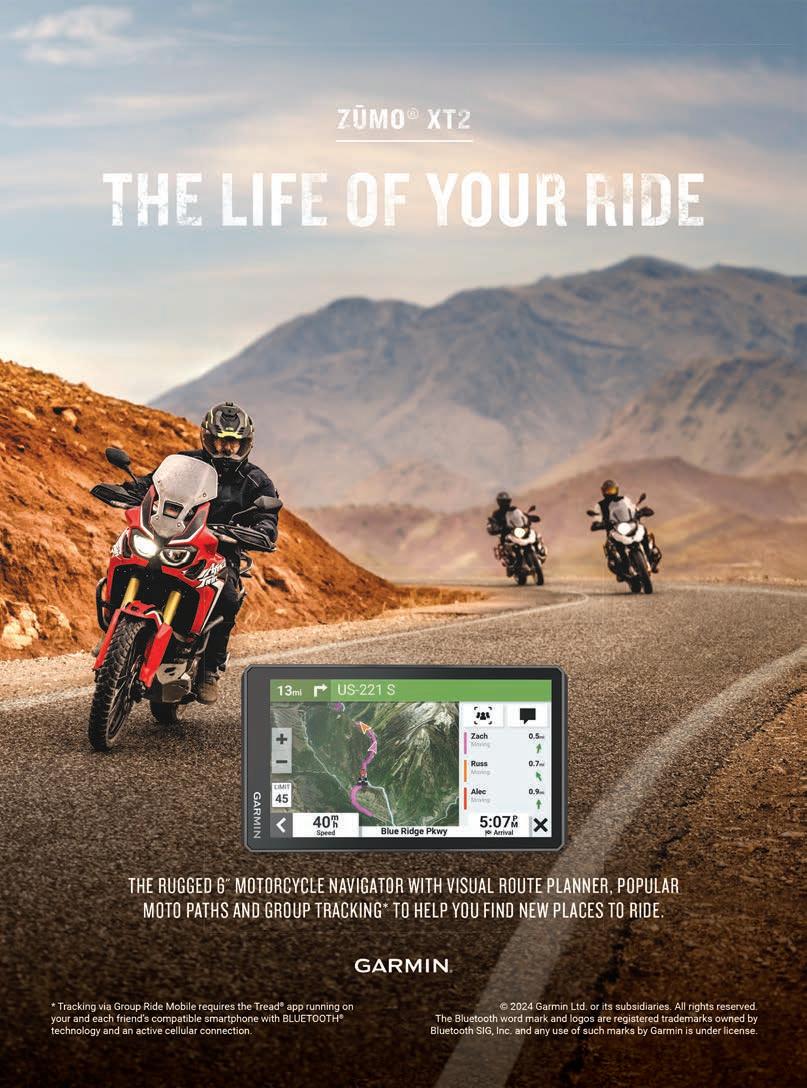
The effects of the crash and the mileage were catching up with me and I was looking forward to getting home. I was a little late leaving and waved as I passed the first check point at the Vermont Country Store. The second checkpoint was at Lake George and my enthusiasm was waning. Instead, I bee-lined it home. I arrived home with a damaged Aerostich suit, a scuffed bike and some aches and pains. But I met a group of great riders and I can’t wait for next year’s MotoMarathon. Although I might avoid Gillespie Road.
~ Dan Bisbee
www.motomarathon.com
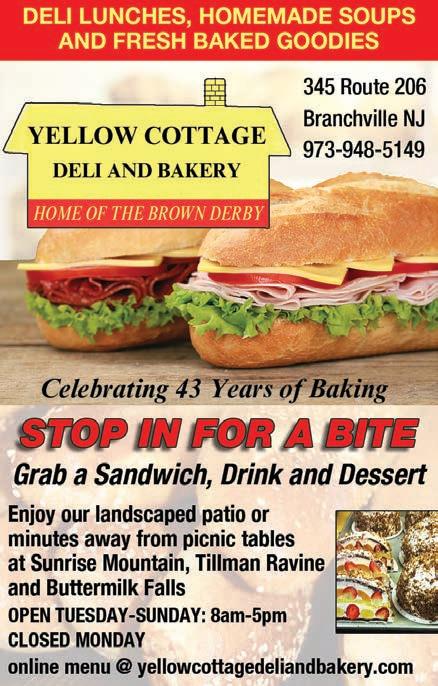

clean sweeP
We were watching a recent MotoGP race with non-riding family members. Actually, they were hoping football was coming on, but our house, our TV.
Like Dean telling Sam – my car, my music.
Still, the dedicated Stick & Ball side of the clan did stop and watch as the riders did what MotoGP riders do – and the extreme body movements did catch their eyes.
The question came up if that is what we do with our bikes.
Although the immediate answer was, “Oh hell yes,” that was closely followed by a “No!”
Although we wish we all looked like Marquez and Martin when riding –we know we are more Pee Wee Herman.
Still, there is much to learn from watching riders who are far better than you. It’s also okay to admit that you will never ride like Martin or Marquez, but you can get better. When we spend any time on the track, we have never gone there to learn to race, but to learn to be smoother, more confident, and trusting that our machines will do what we ask of them.
Look. Lean. Roll. Believe.

Some ask, “Where is the apex in a turn?”
Well, we always try for a later apex – allowing a better field of vision down the road – where you want to go.
But, the truth might be, that every apex, even the lesser one, is where you are no longer dwelling on making the turn but accelerating out.
If you are braking hard and then making your quick vector change – point & shooting – well all well and good – on the track and a race.
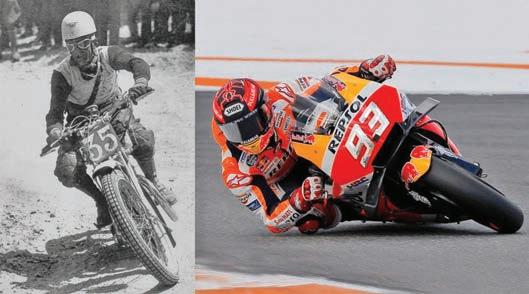
But that sort of riding makes for a less-than-relaxing jaunt on the bike.
Sweeping easily – by setting yourself up correctly, picking your apex, and then sweeping through – your eyes up and far down the road makes for a more enjoyable ride.
The Clean Sweep allows for a more relaxed ride. I bet if you were on a track you might find that your lap times, when riding smoothly and relaxed, will be a bit better than if you think the World Super Bike crown is on the line. ,
I was reading about how the racing styles have changed over the decades. When I first started riding back in the 1970s riding a motorcycle was a bit different than now. When I began to get into road racing back then the attack of turns was far different than what you see today.
The technology that has changed over the years has added to these changes in styles; but the single most improved pieces of equipment on motorcycles are not suspension, ABS, traction control, or even horsepower – but tires. Our street tires today are many times better than race rubber back in the day. This allows for a lot more of the ‘Believe’ thought from before, and that has changed a lot of thoughts for racers.
Still, what works on the track today does not necessarily work on the street; and racers years ago were far more sweeping in their approach to turns. Old-style Set and Sweeping turns are now more Point & Shoot with the use of new technology like Ride Height Devices and amazing Aerodynamic Packages.
According to Aki Anjo, head of Red Bull KTM Road Racing, “If you can stop and also turn the bike in advance of the apex then you can keep more corner speed and also prepare the exit in the best way possible. The way riders enter corners has changed a lot in the last five or ten years. Now they focus on being quite aggressive to stop and turn the bike at the same time. In the past, this moment was much smoother, but now they are getting more and more aggressive and really using their bodies as a tool in this area.”
All that might work on the GP course, but on the road – where most of us live – I think a clean sweep is better.
It is easy on the motorcycle and yourself.
When MotoGP Racers are in the middle of a race, they are putting incredible stress on their bodies. Pecco Bagnaia’s heart rate rises above 170, and how they move around the bike is monkey-like. Smooth and sweepy allows for a better entrance, apex, and exit.


